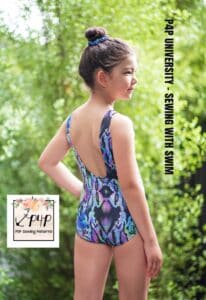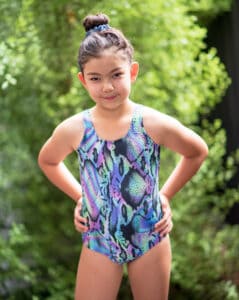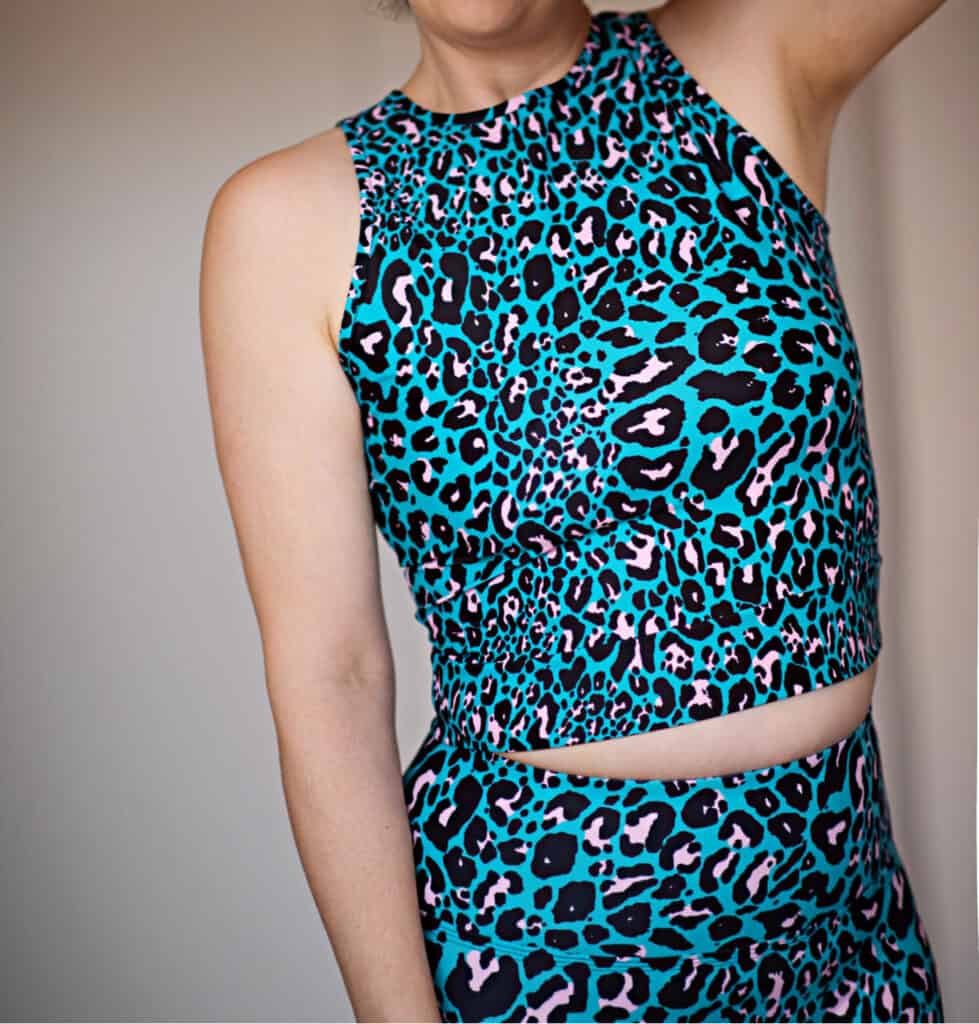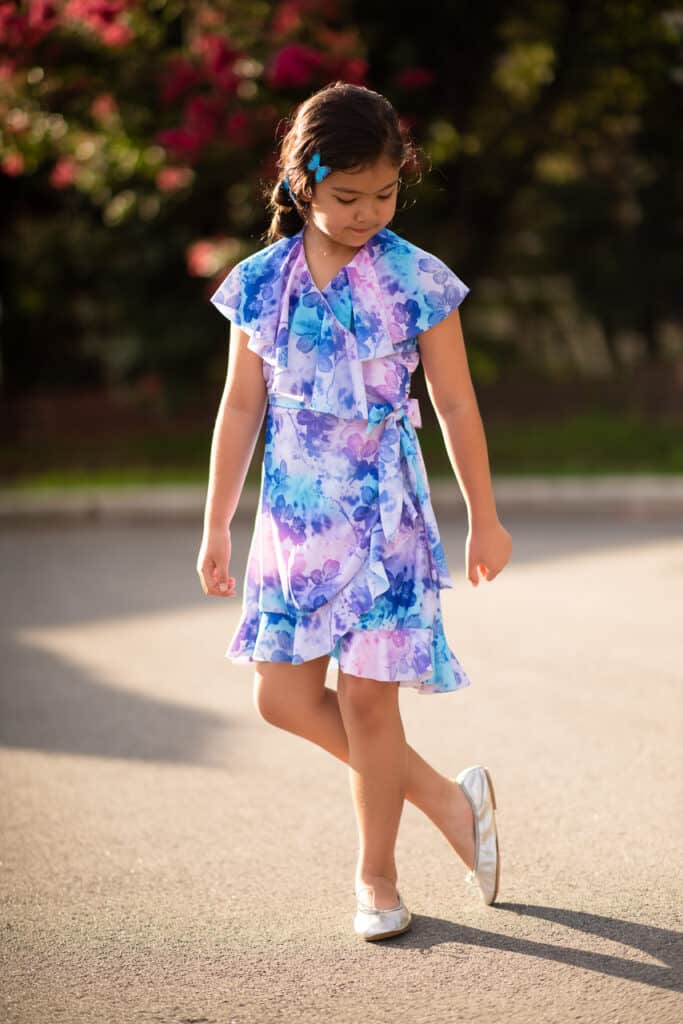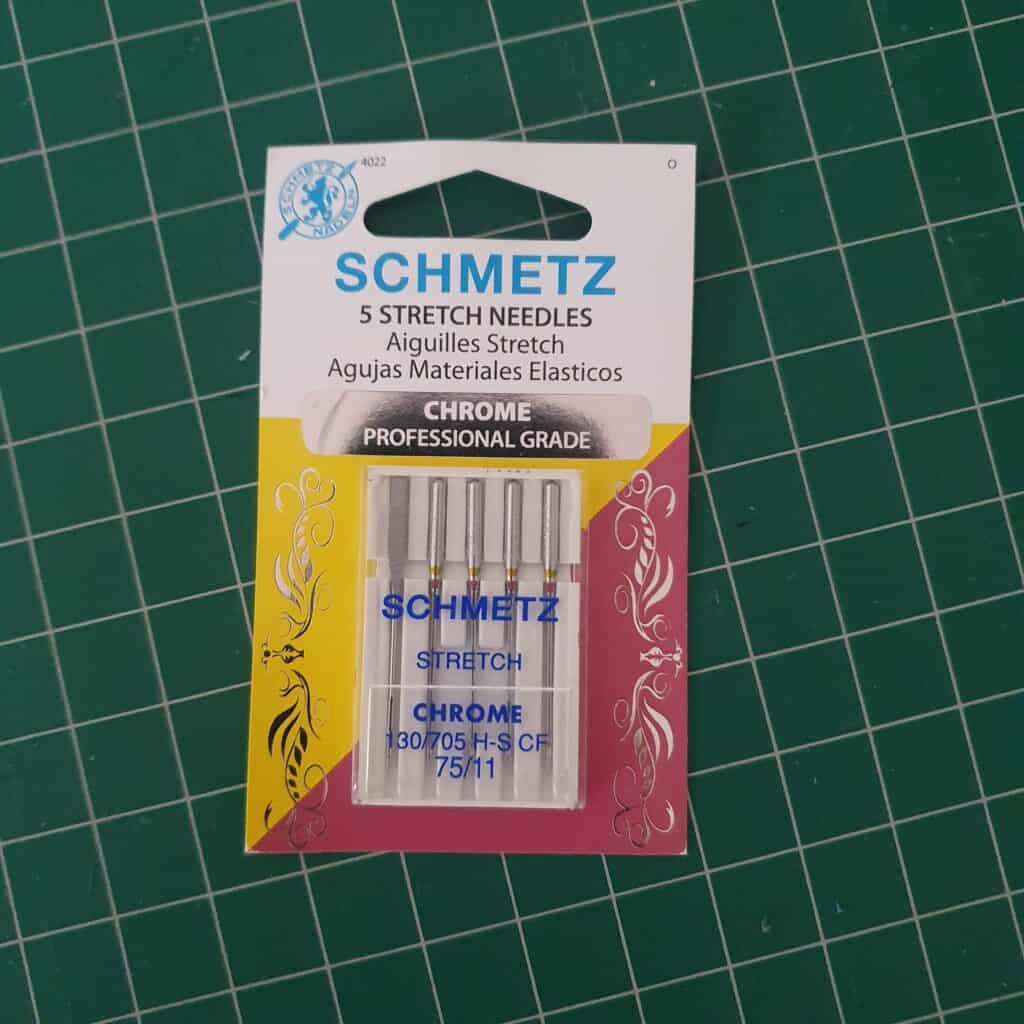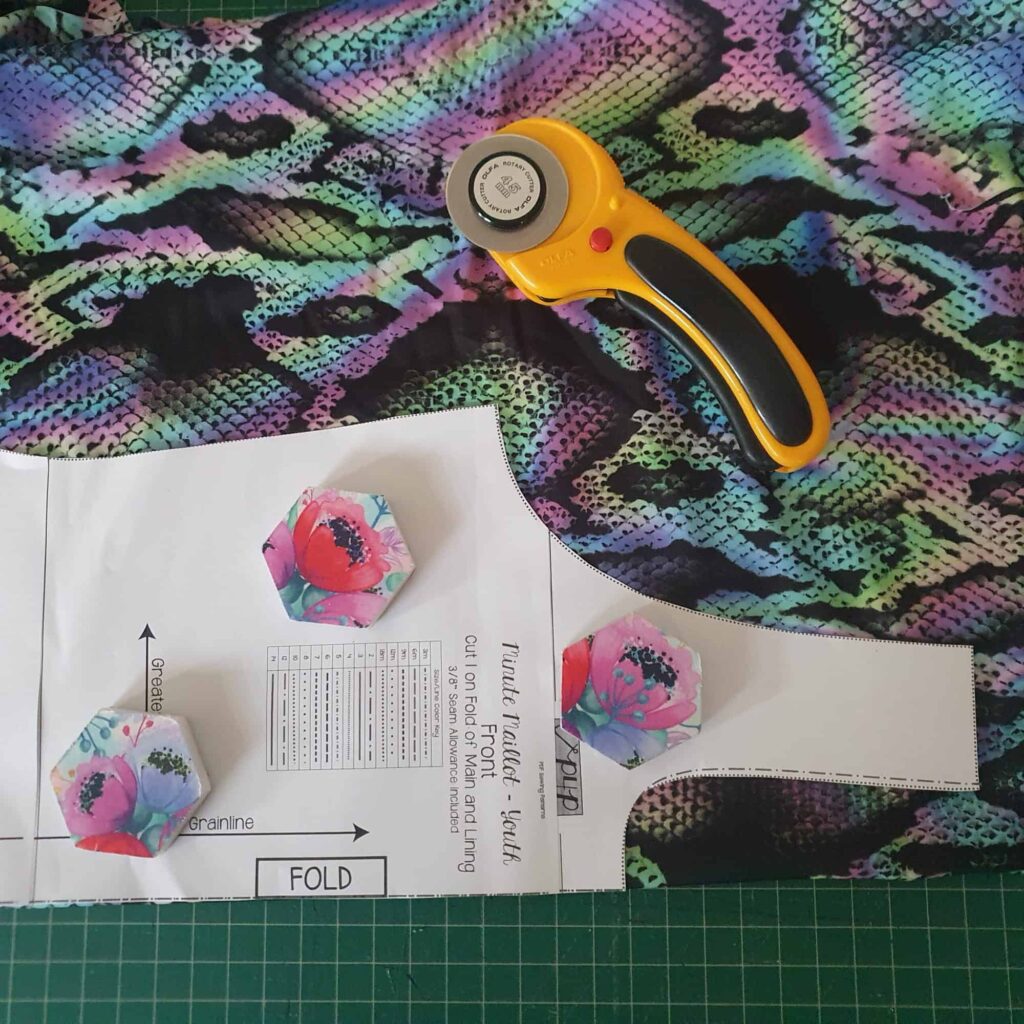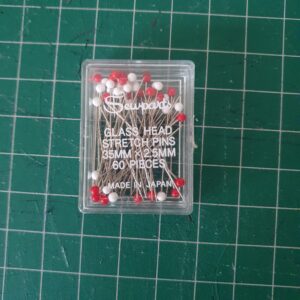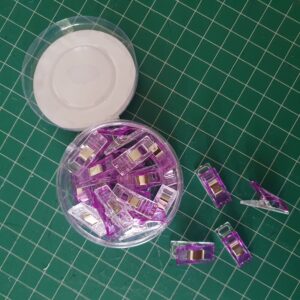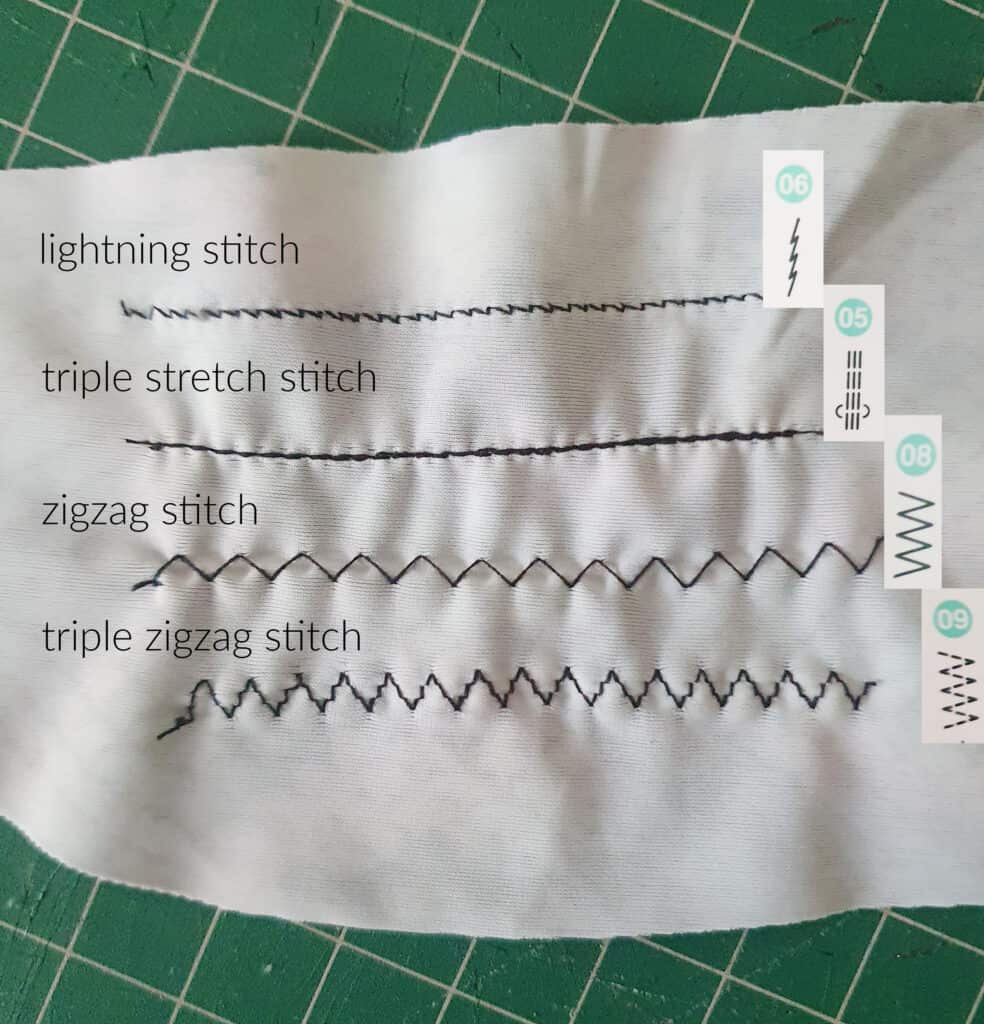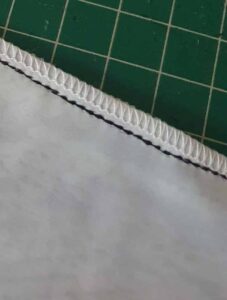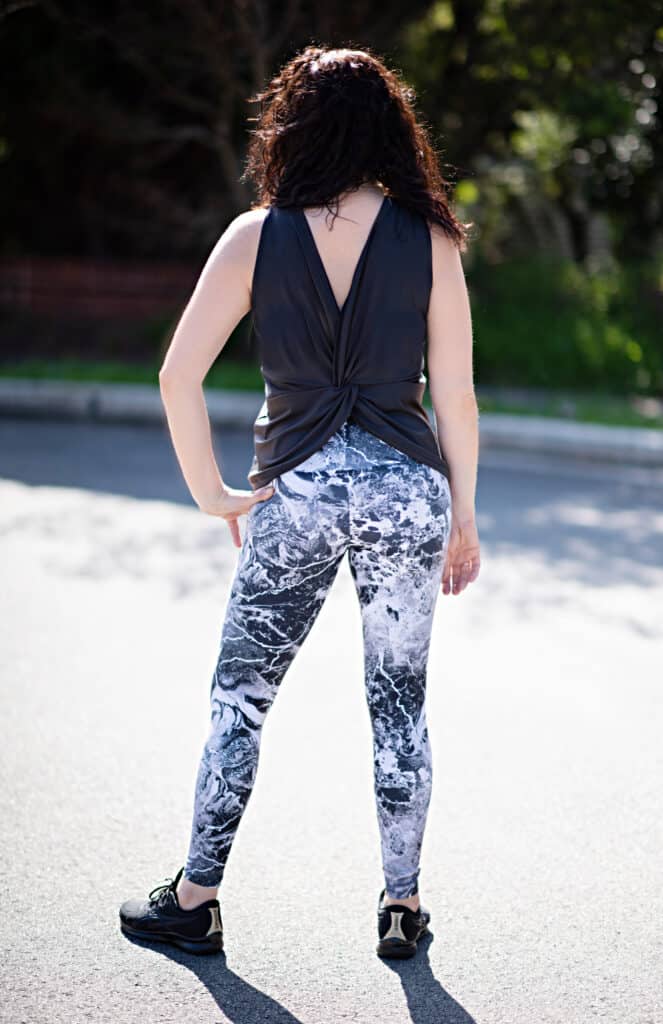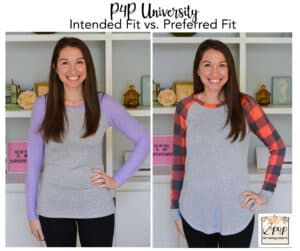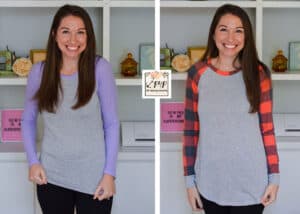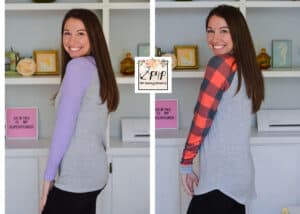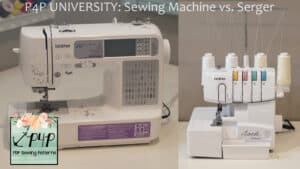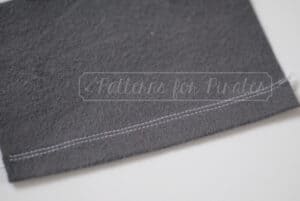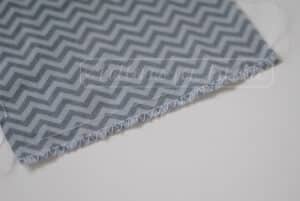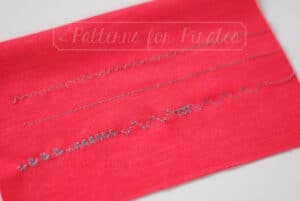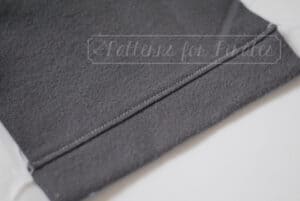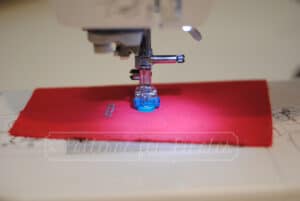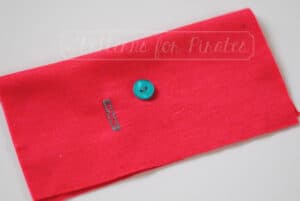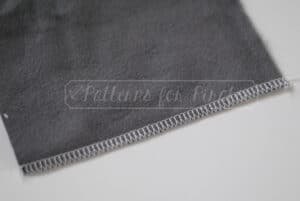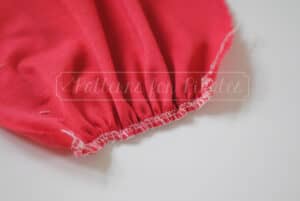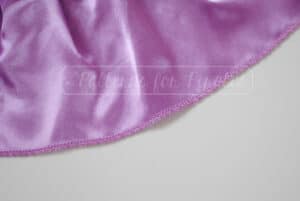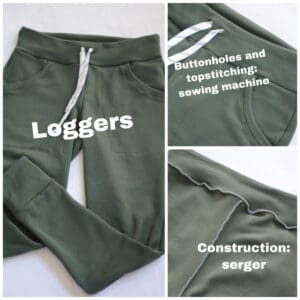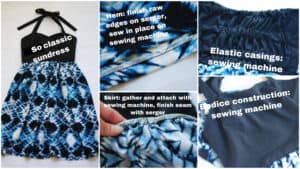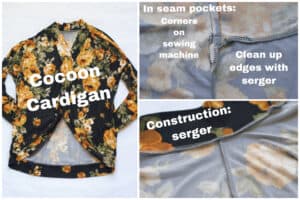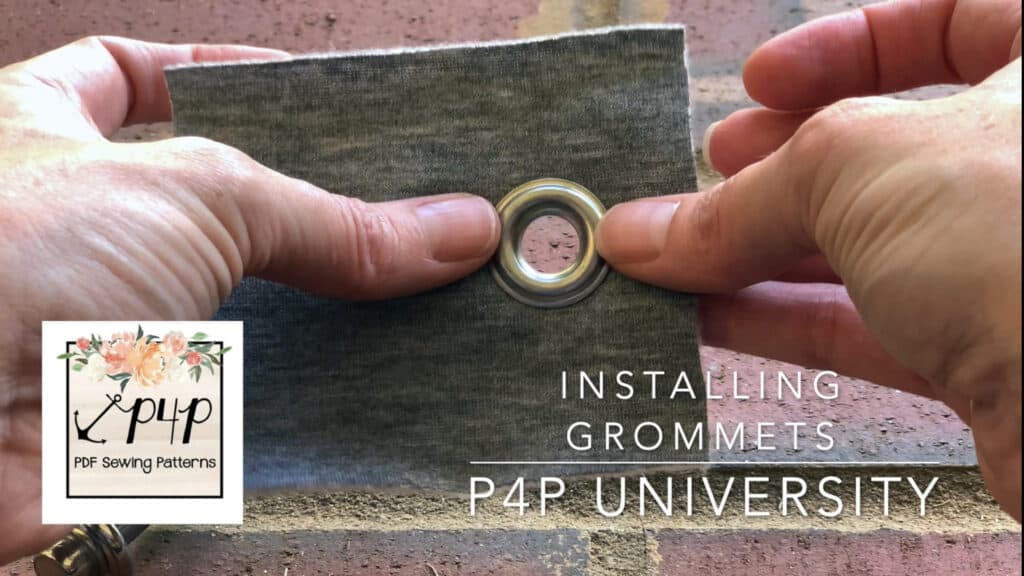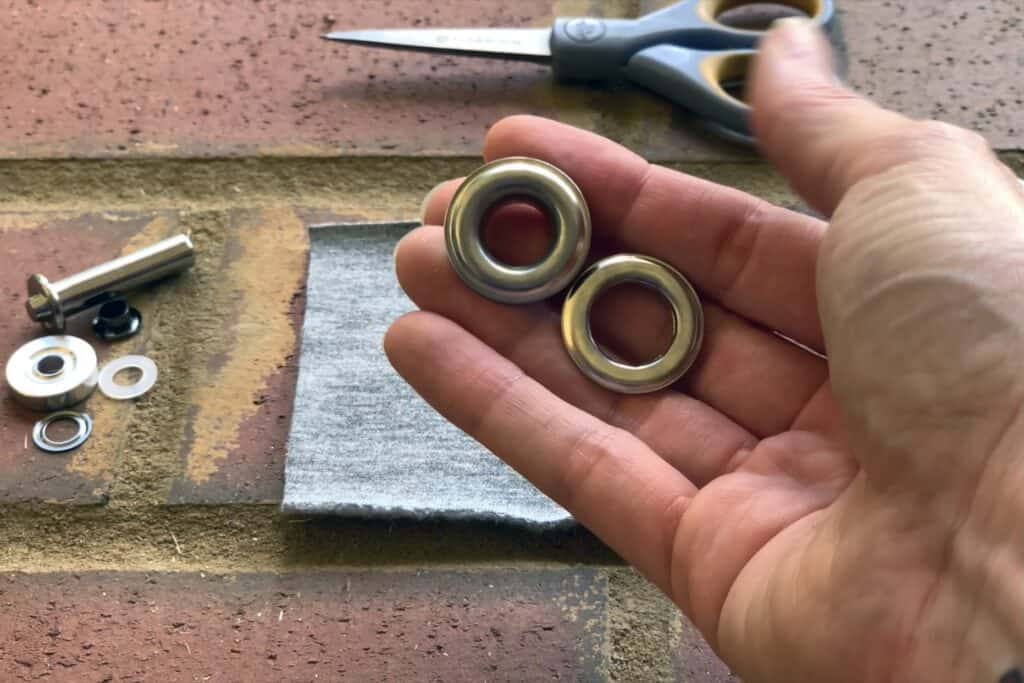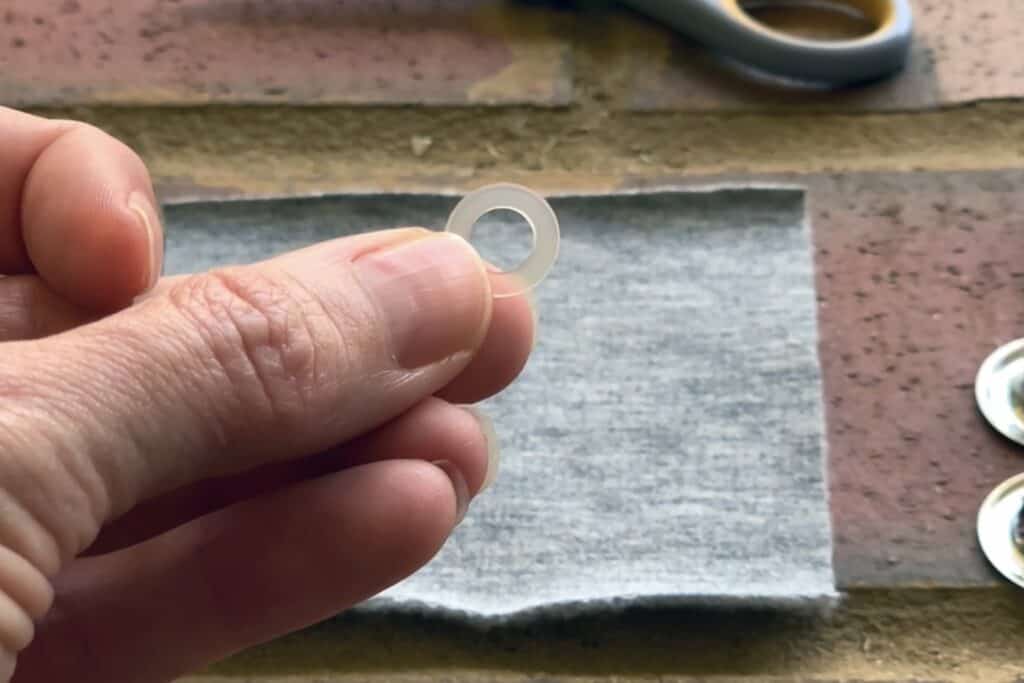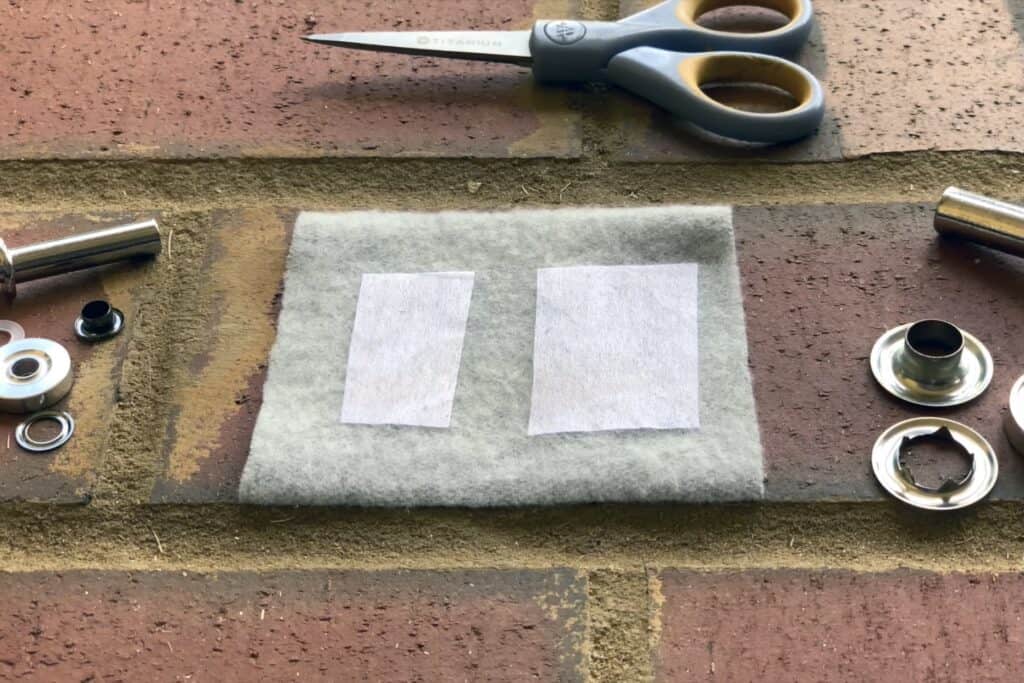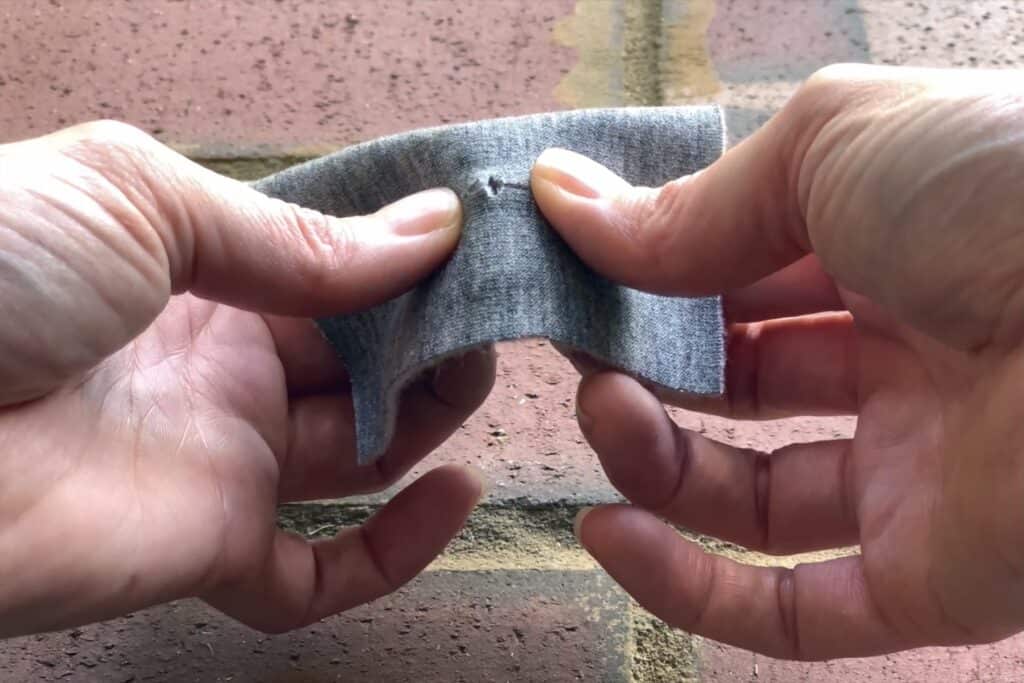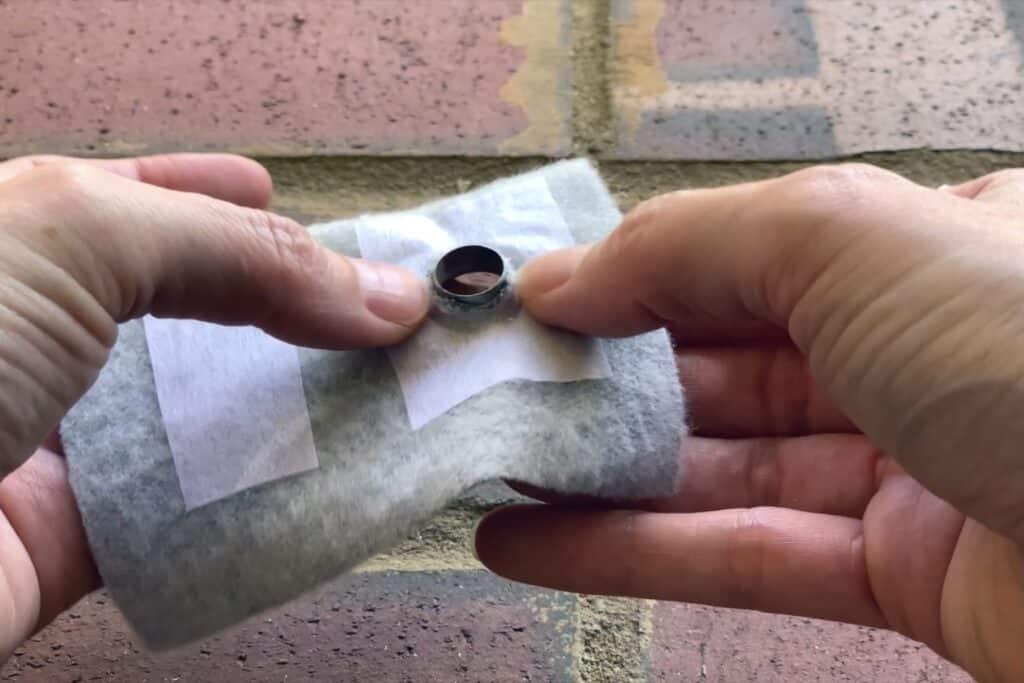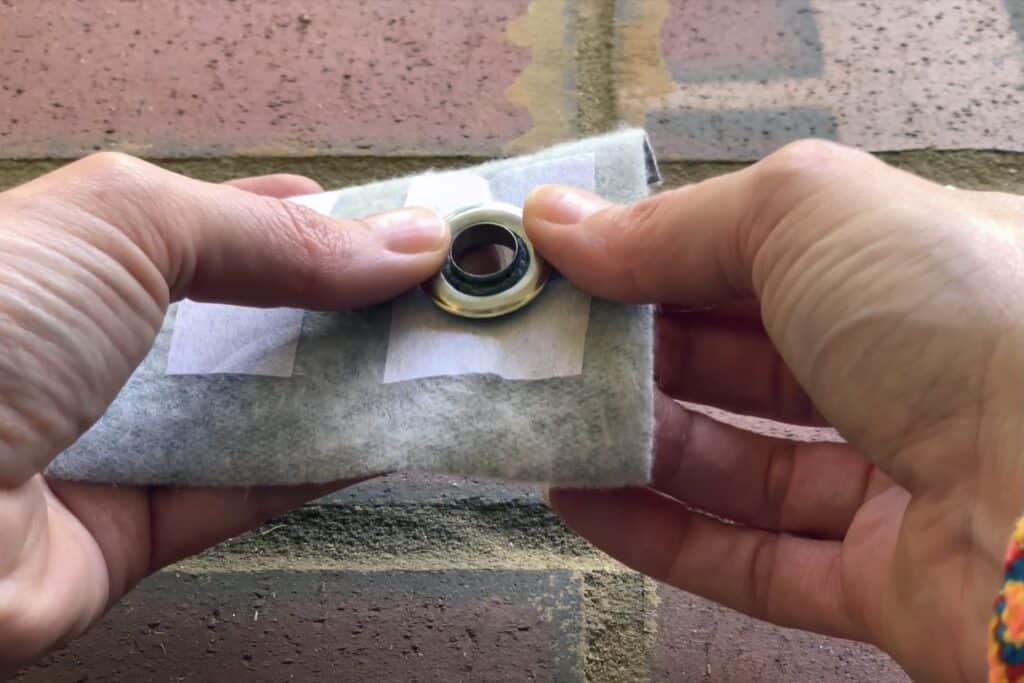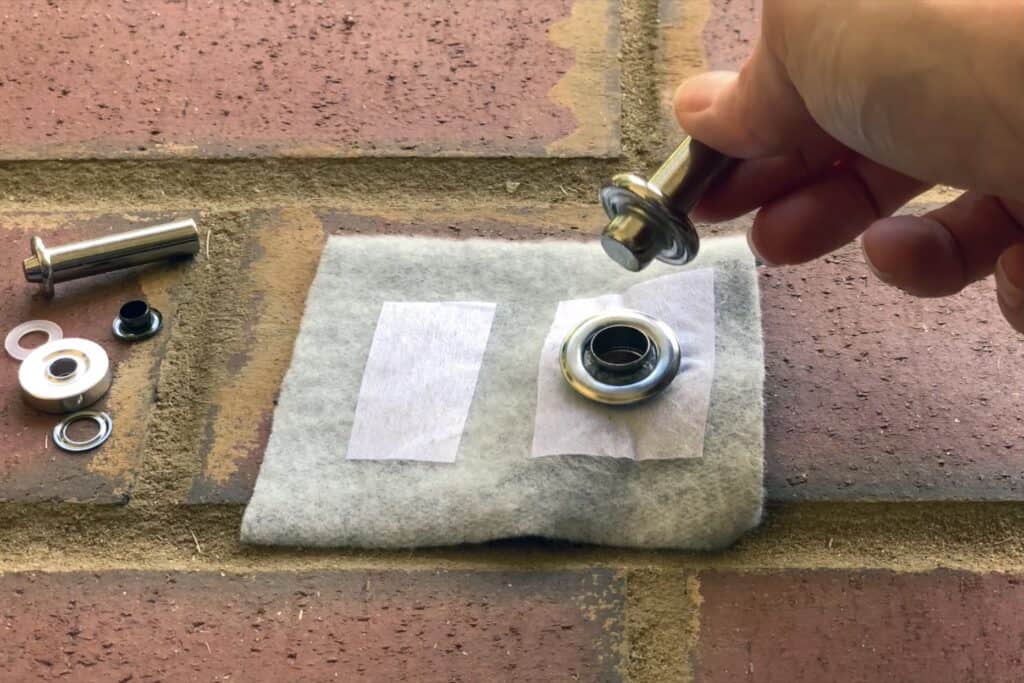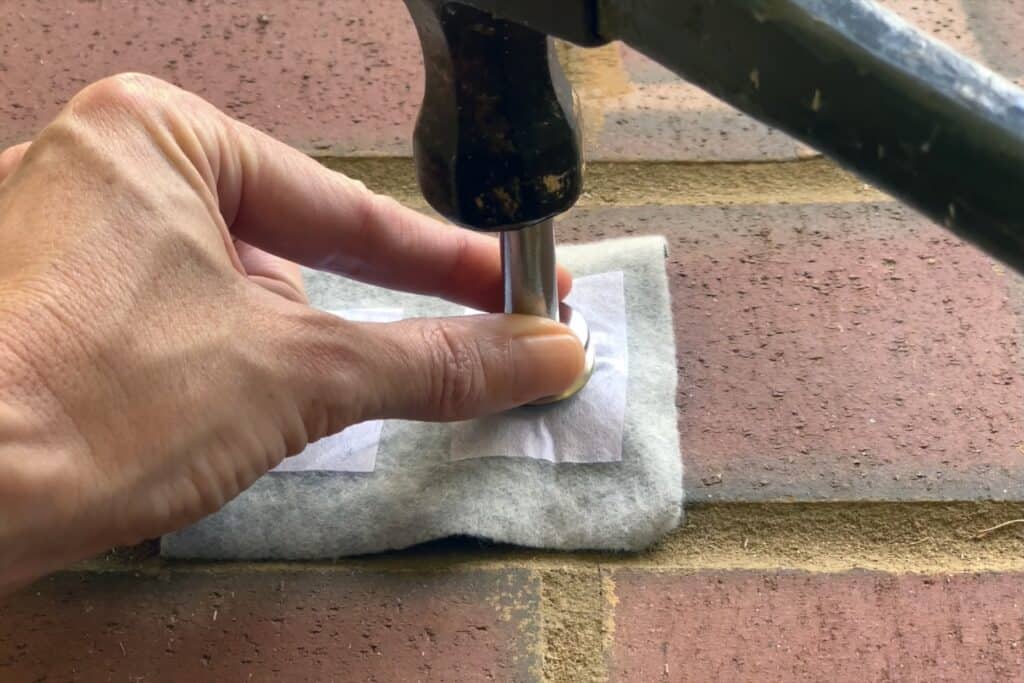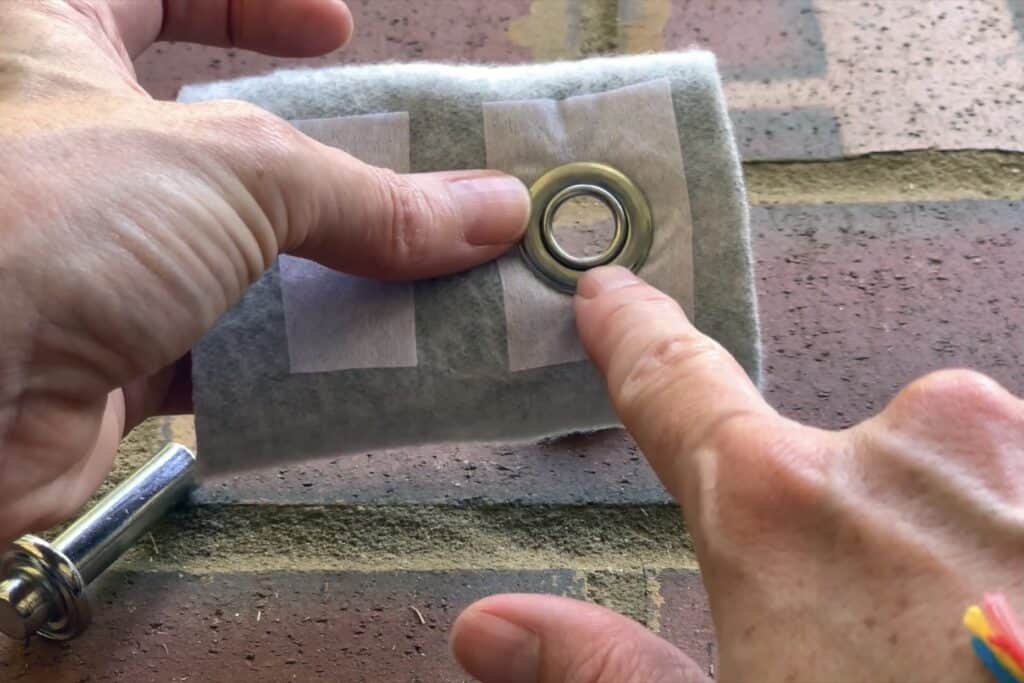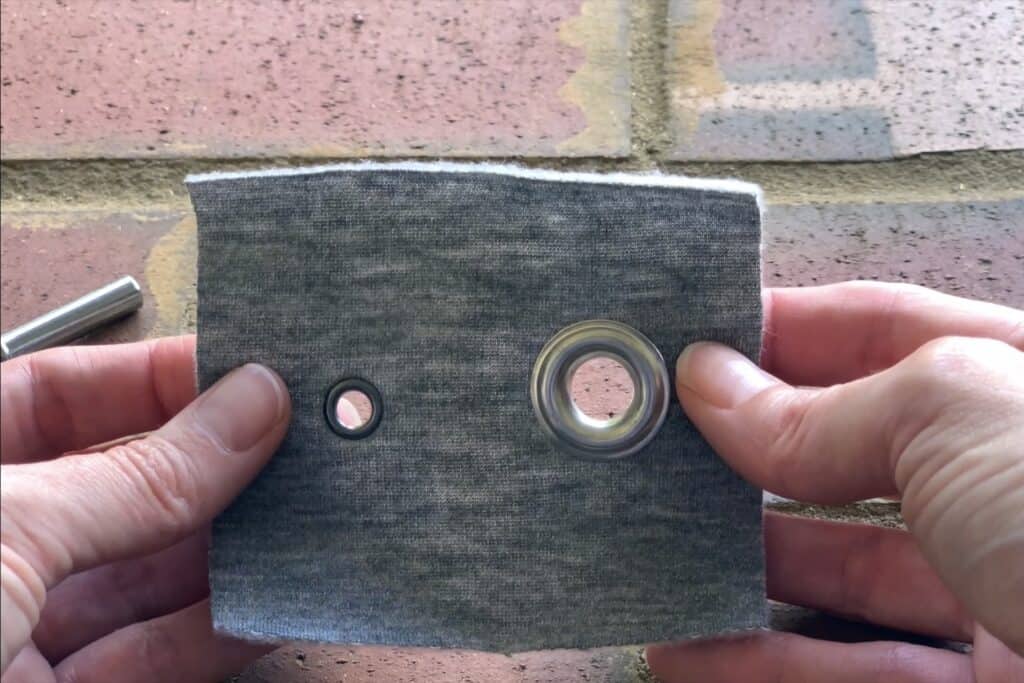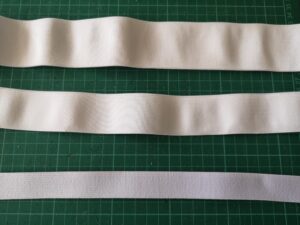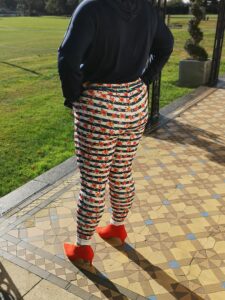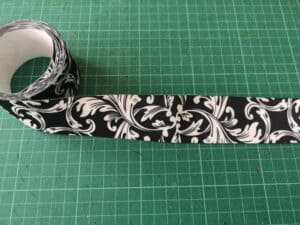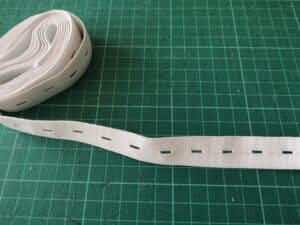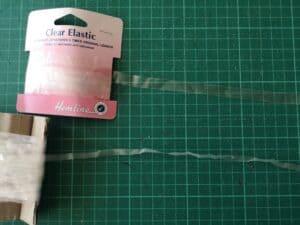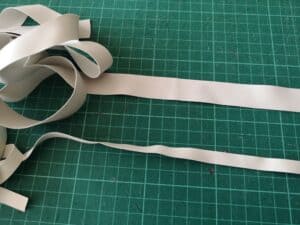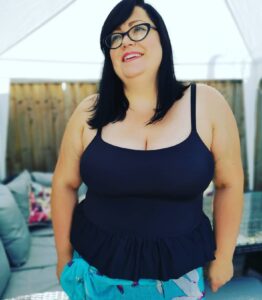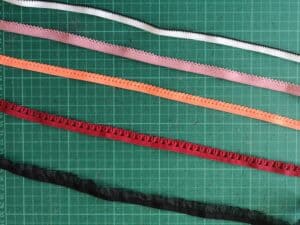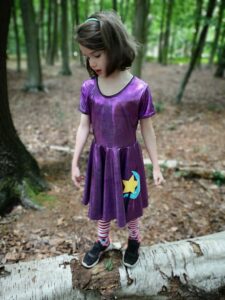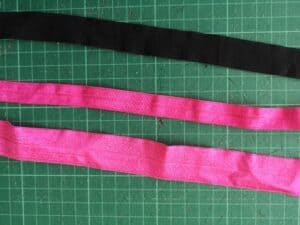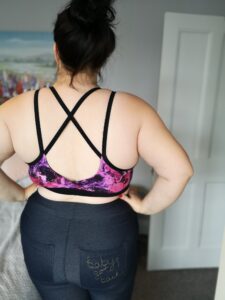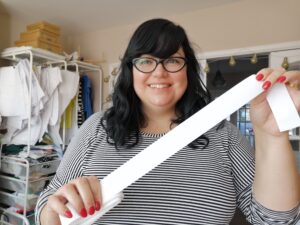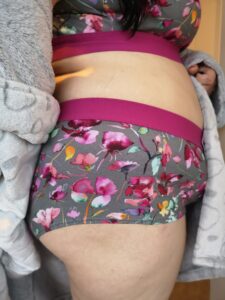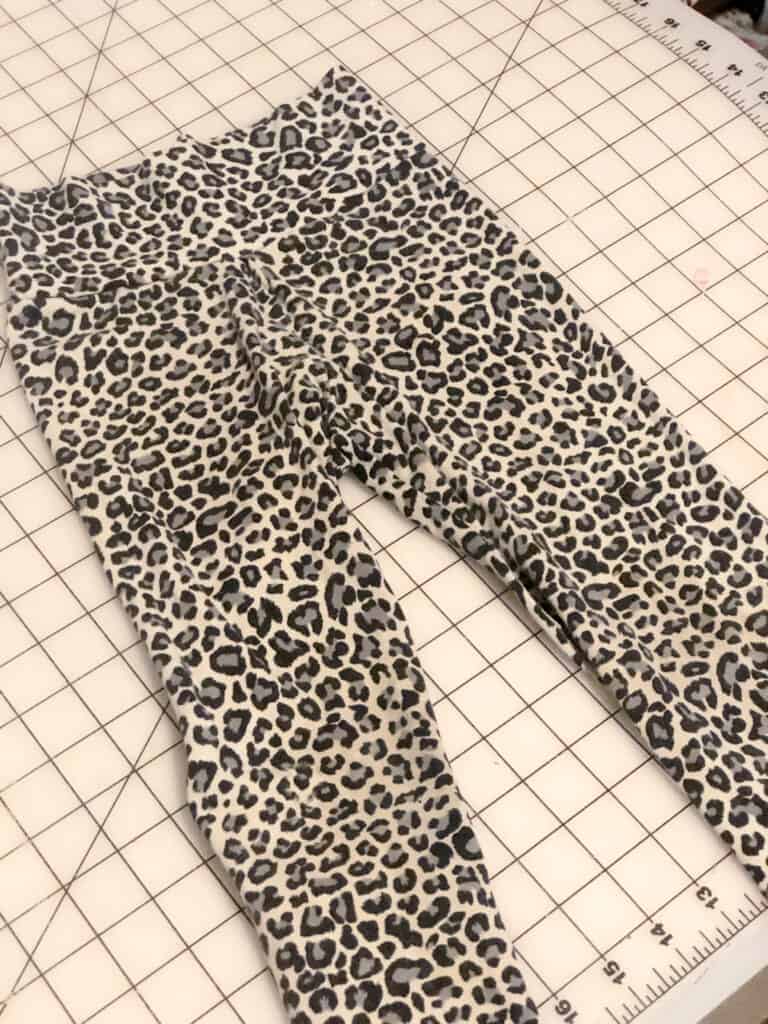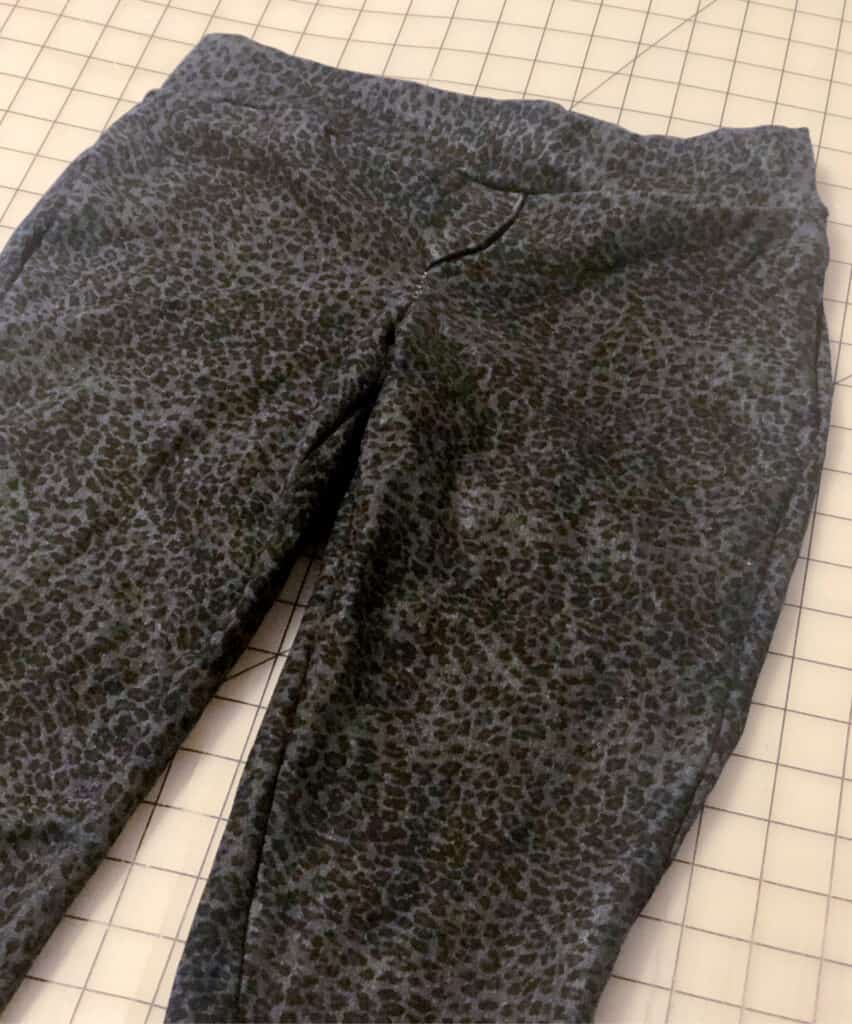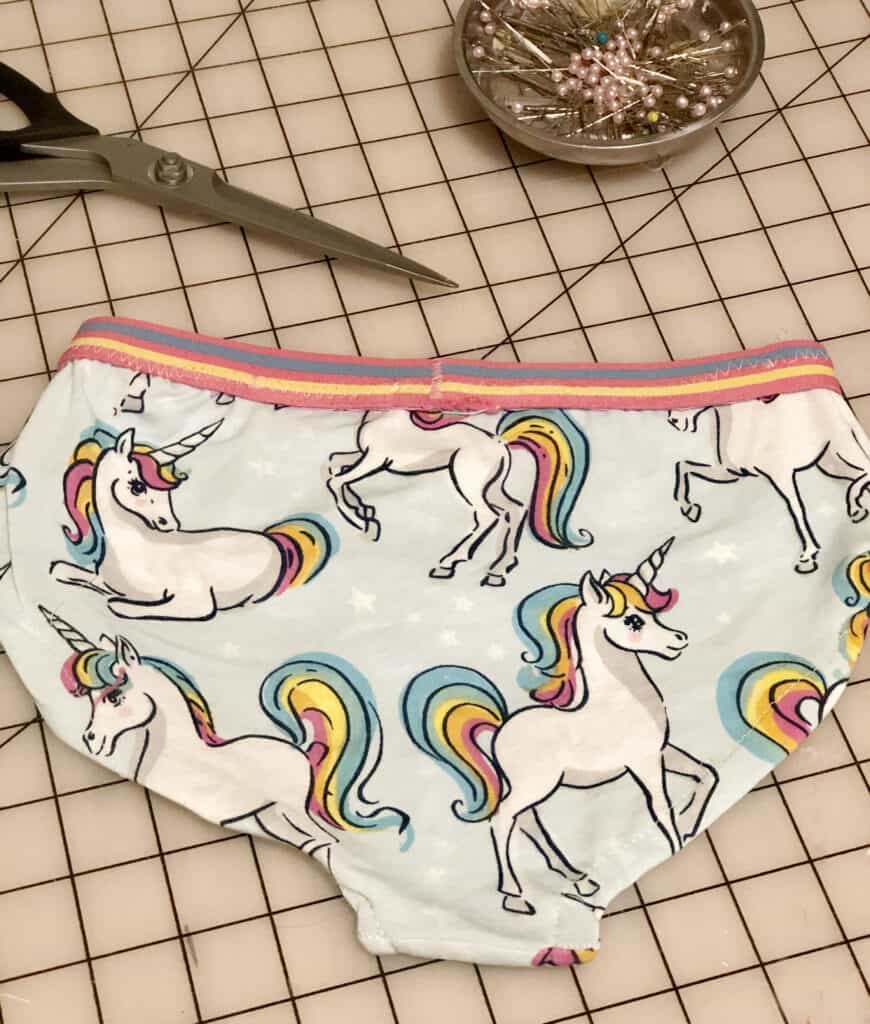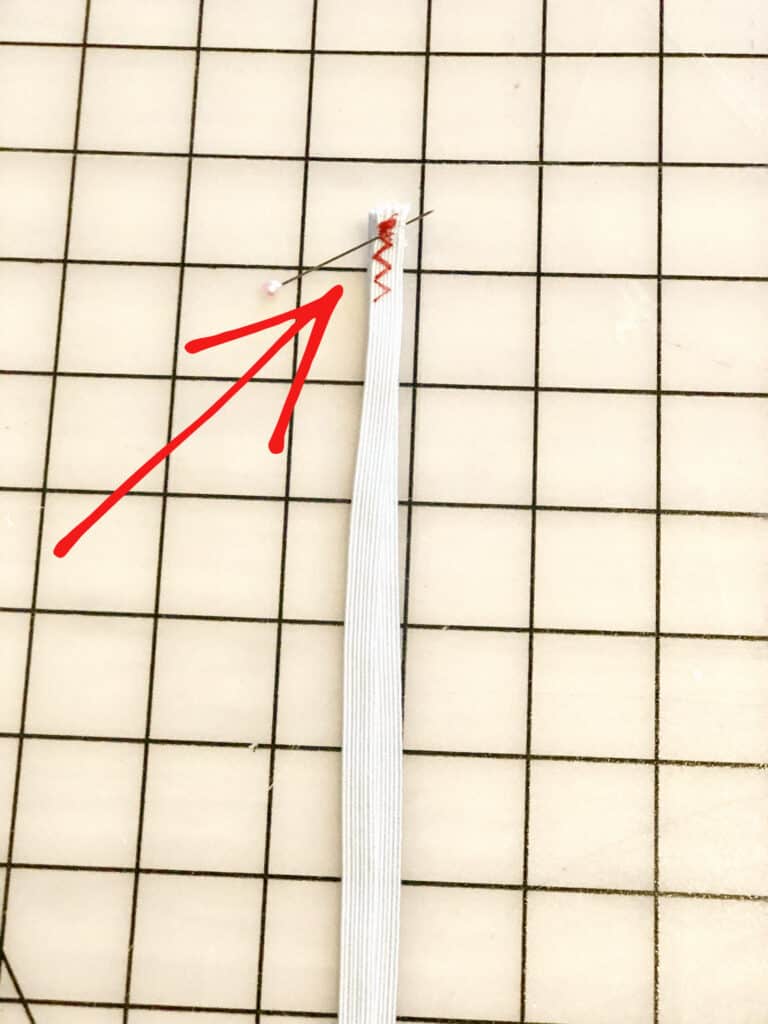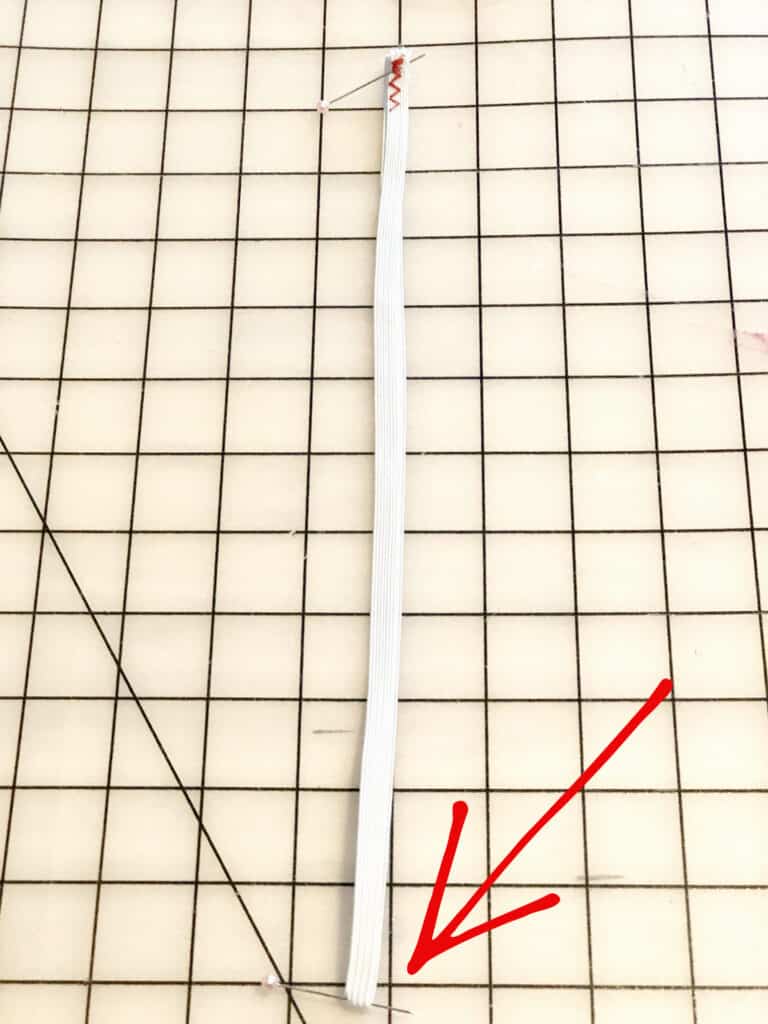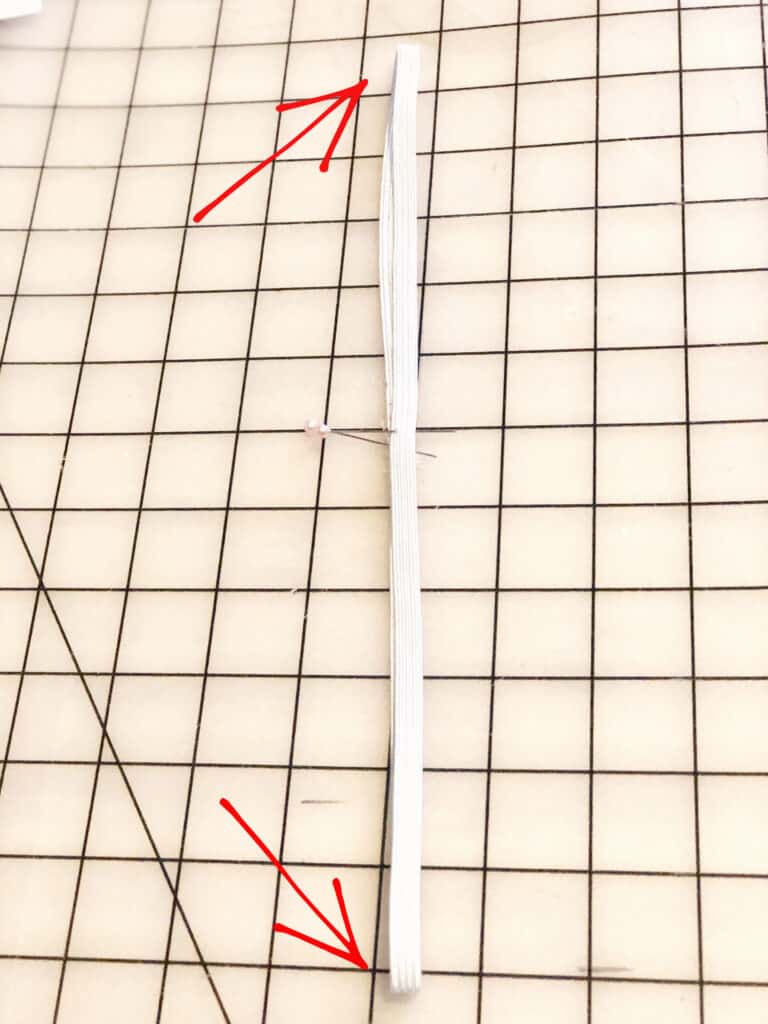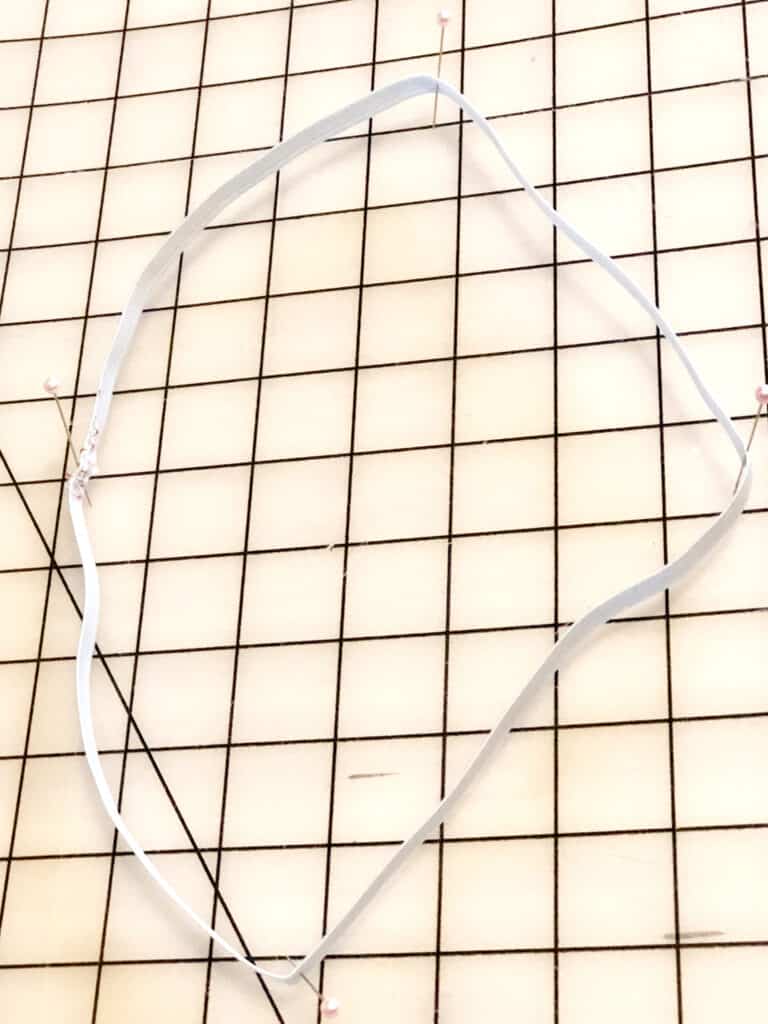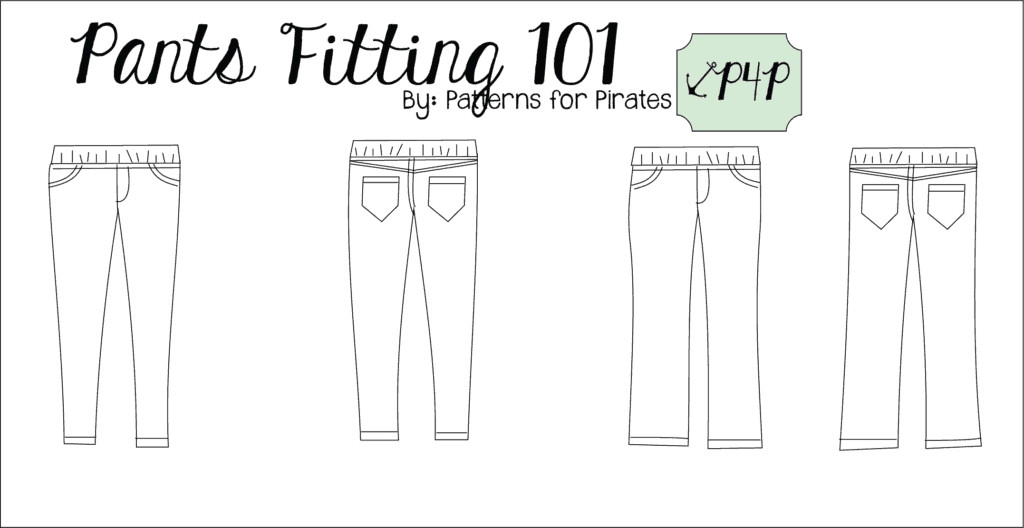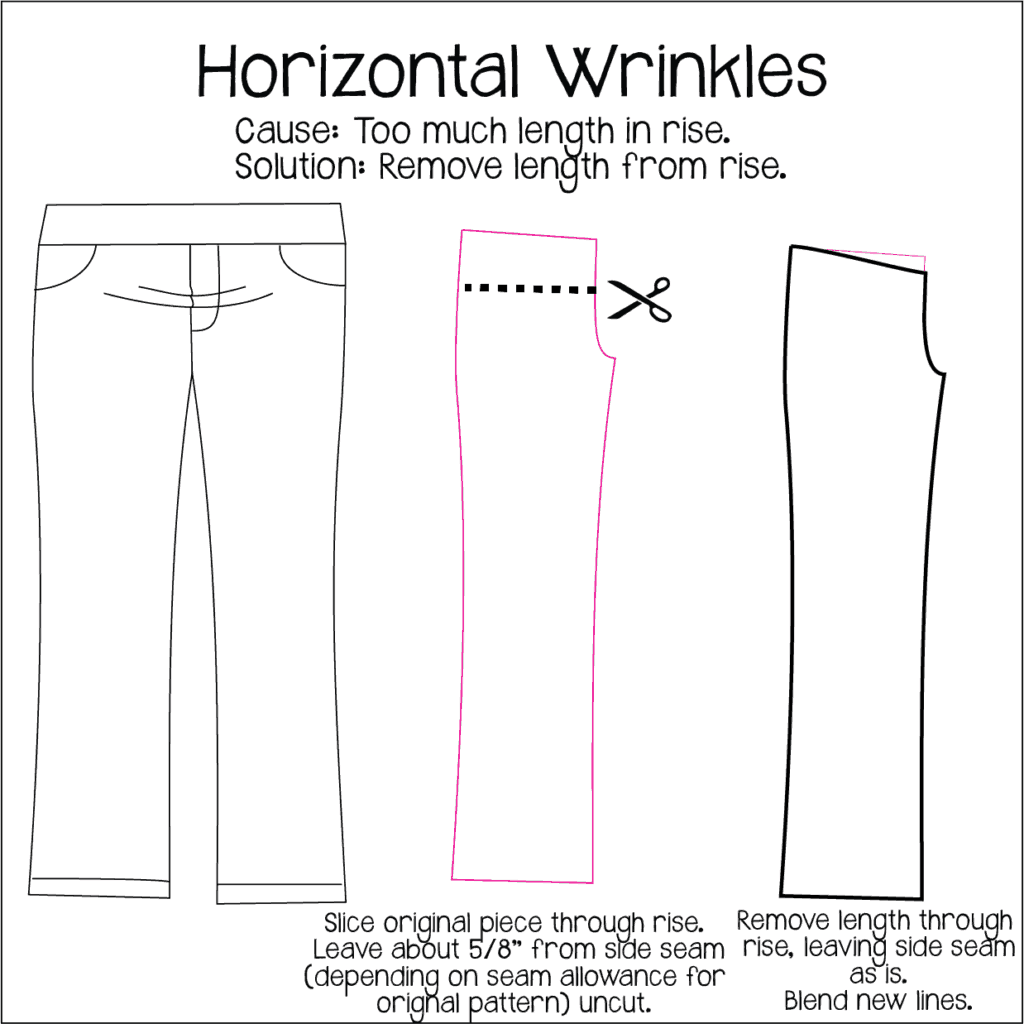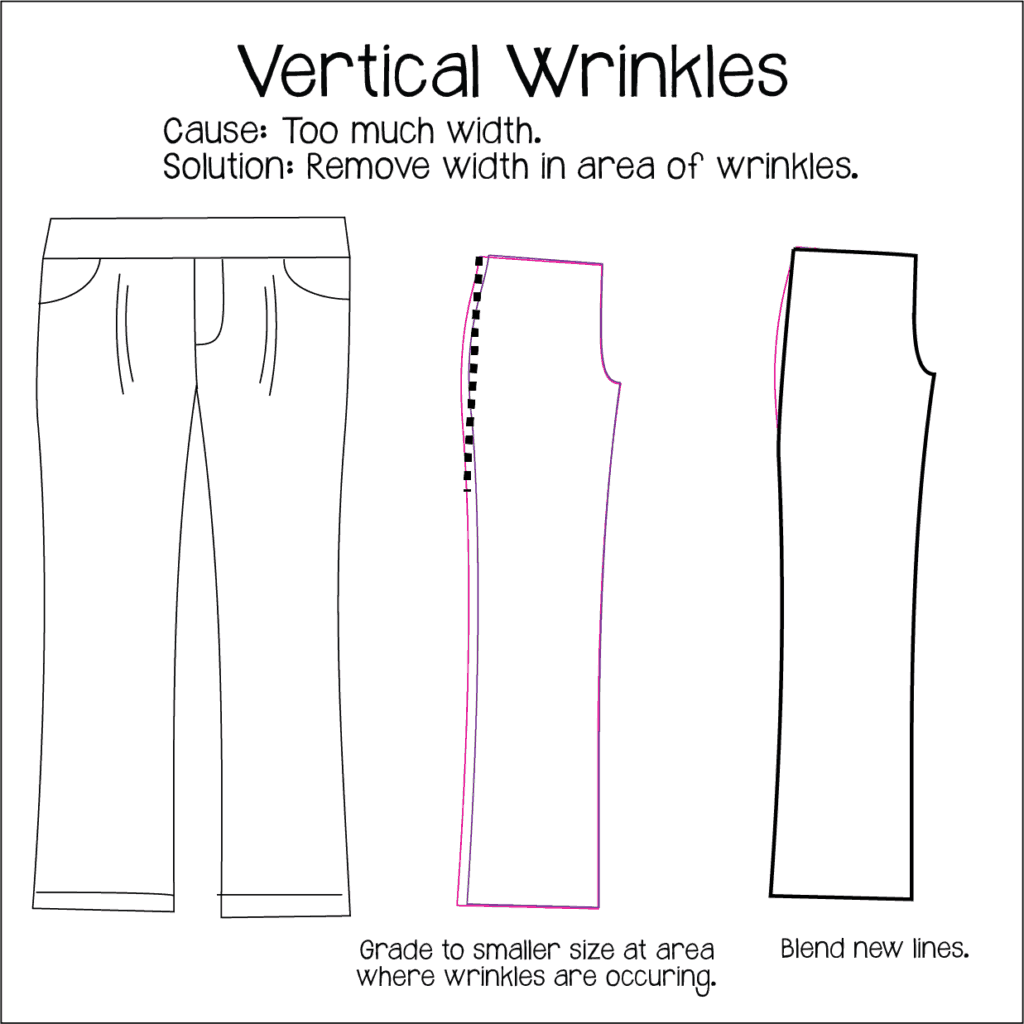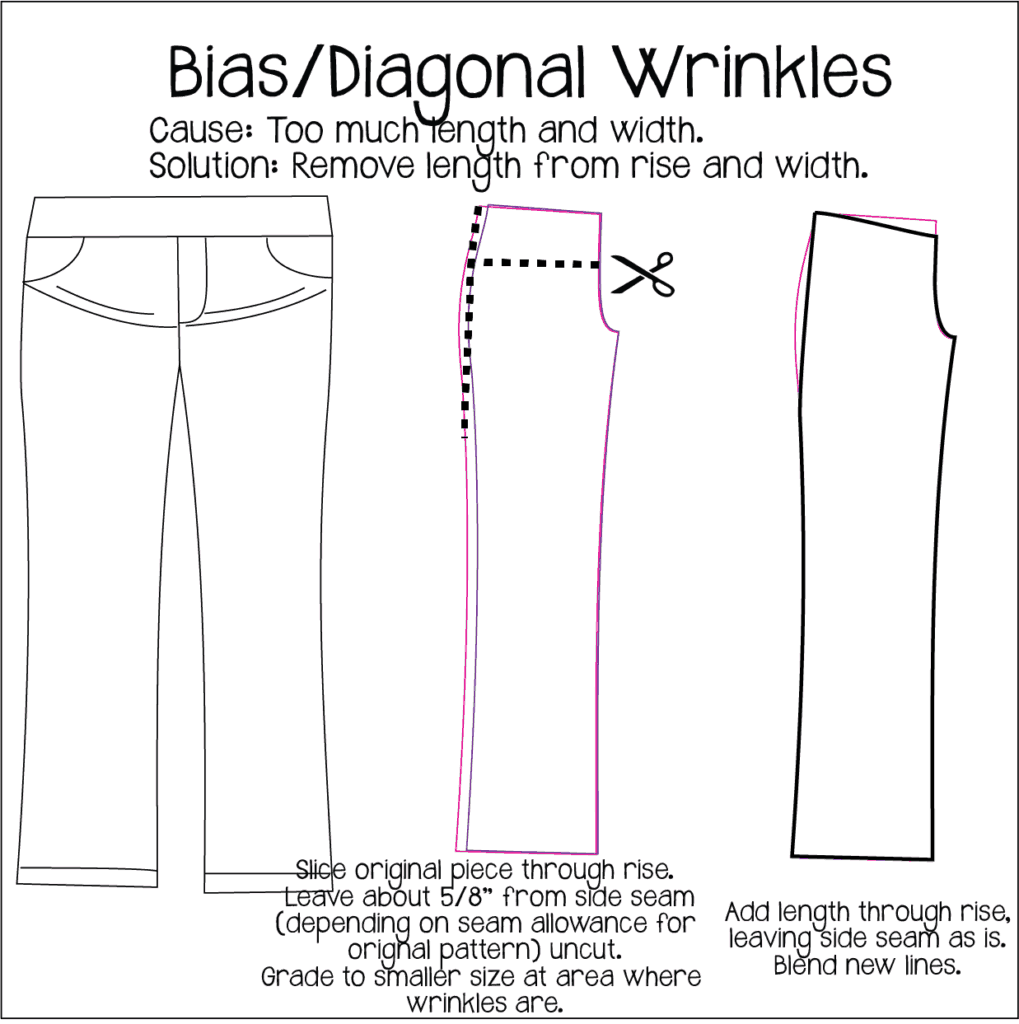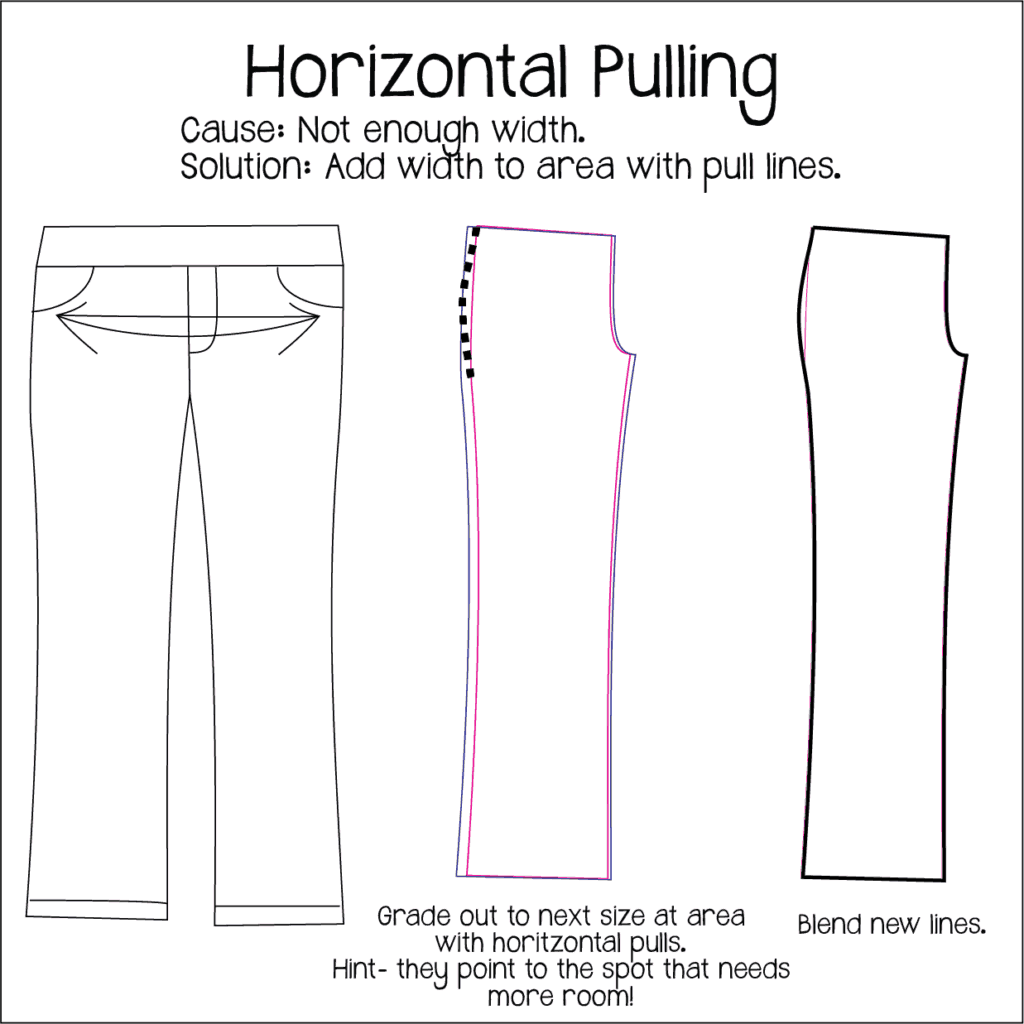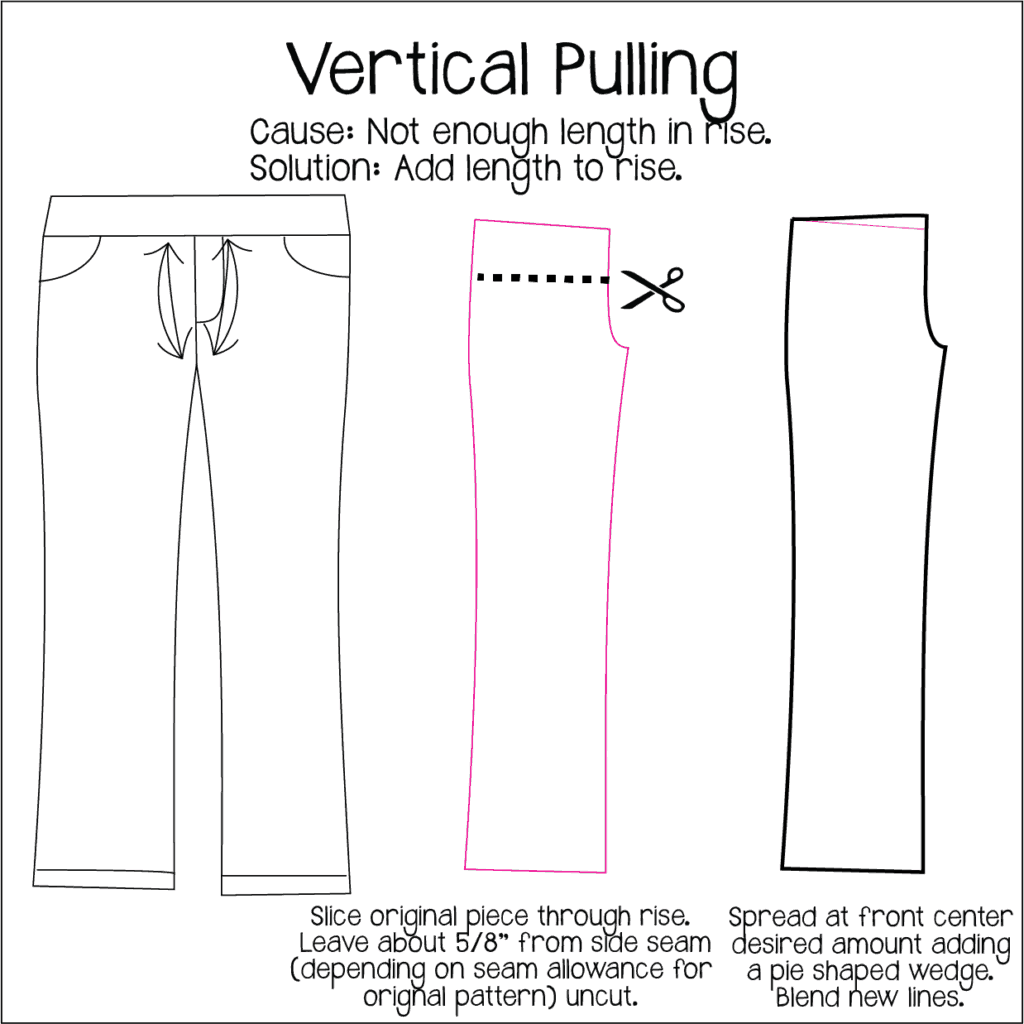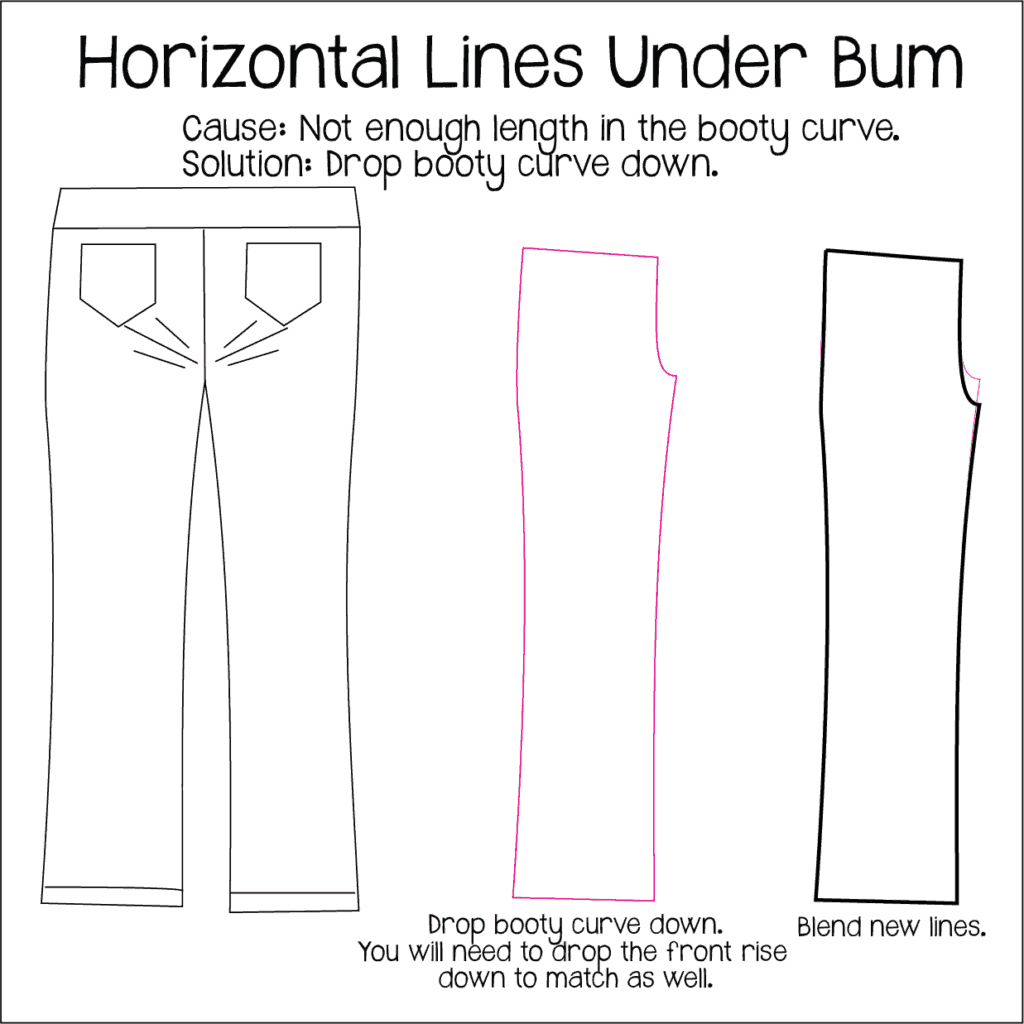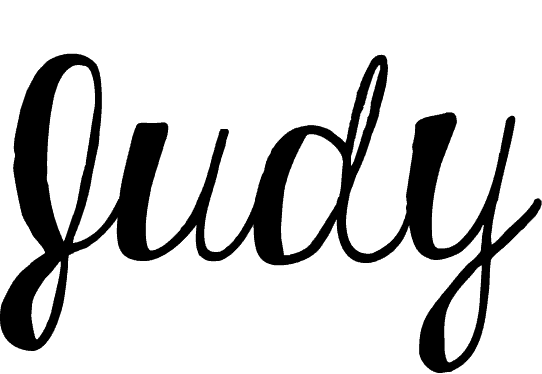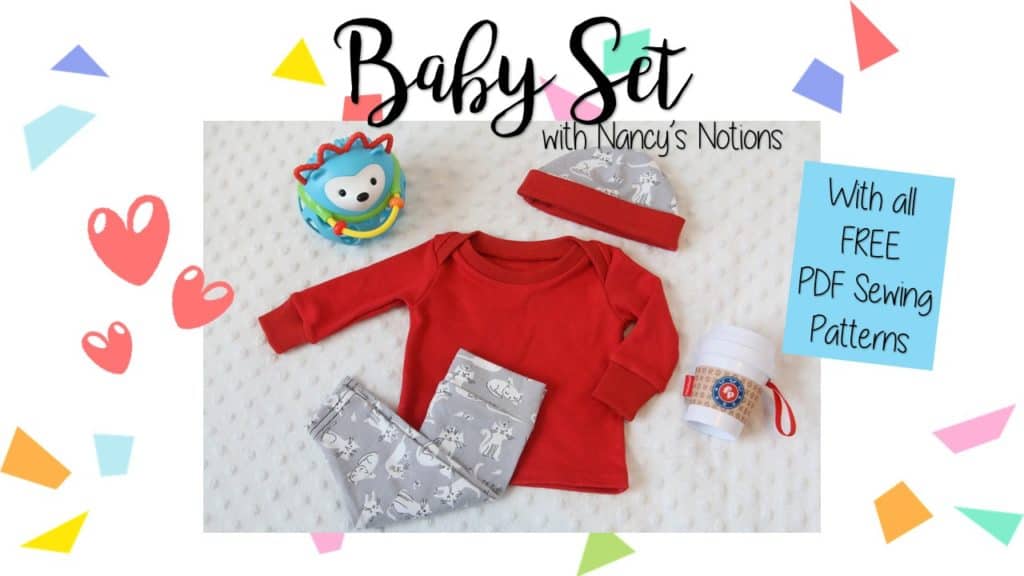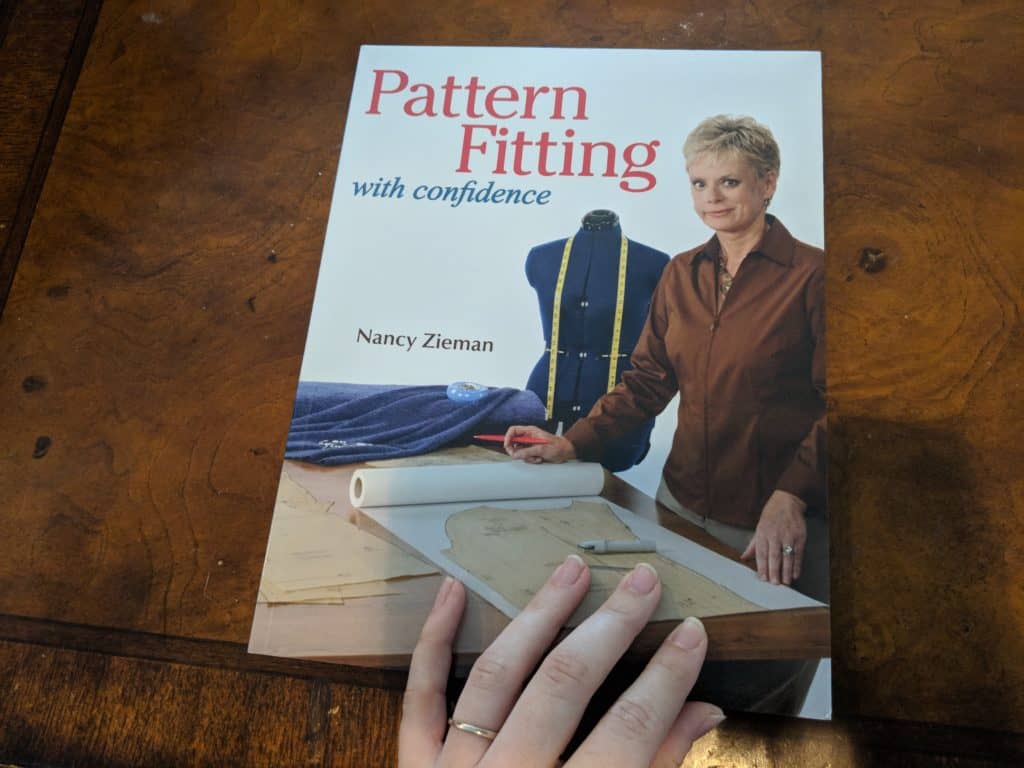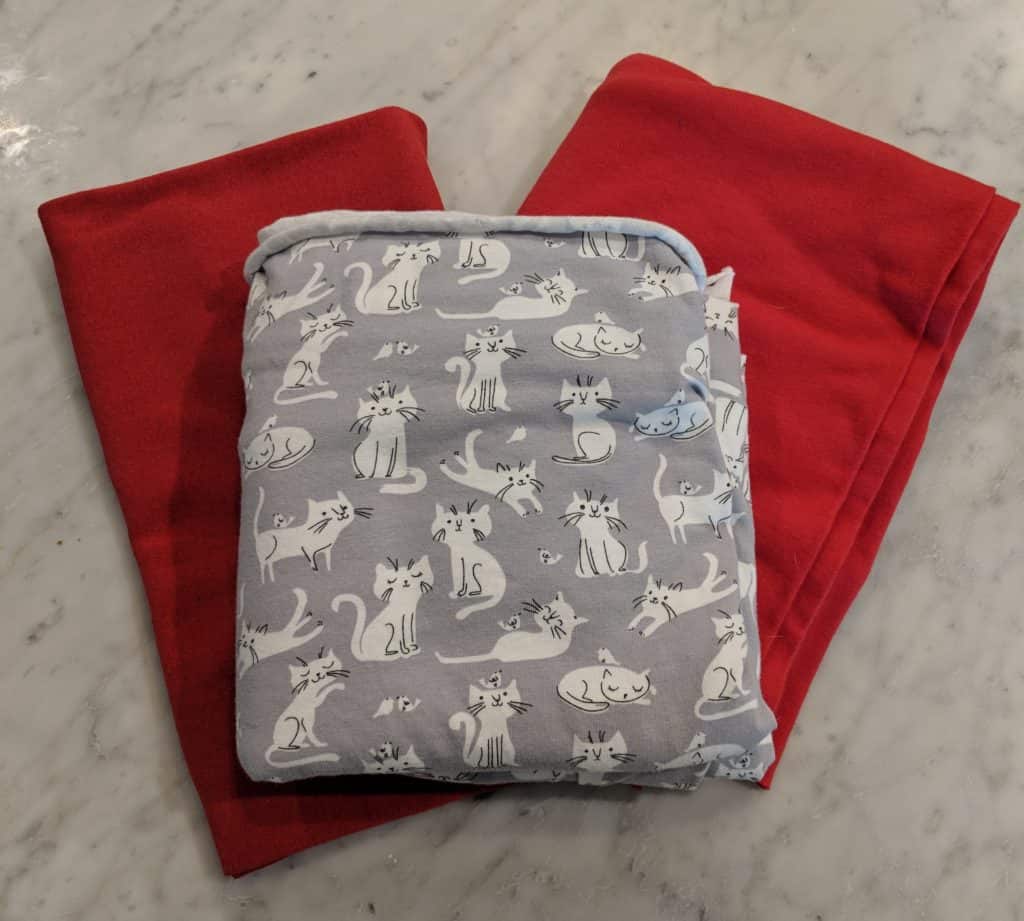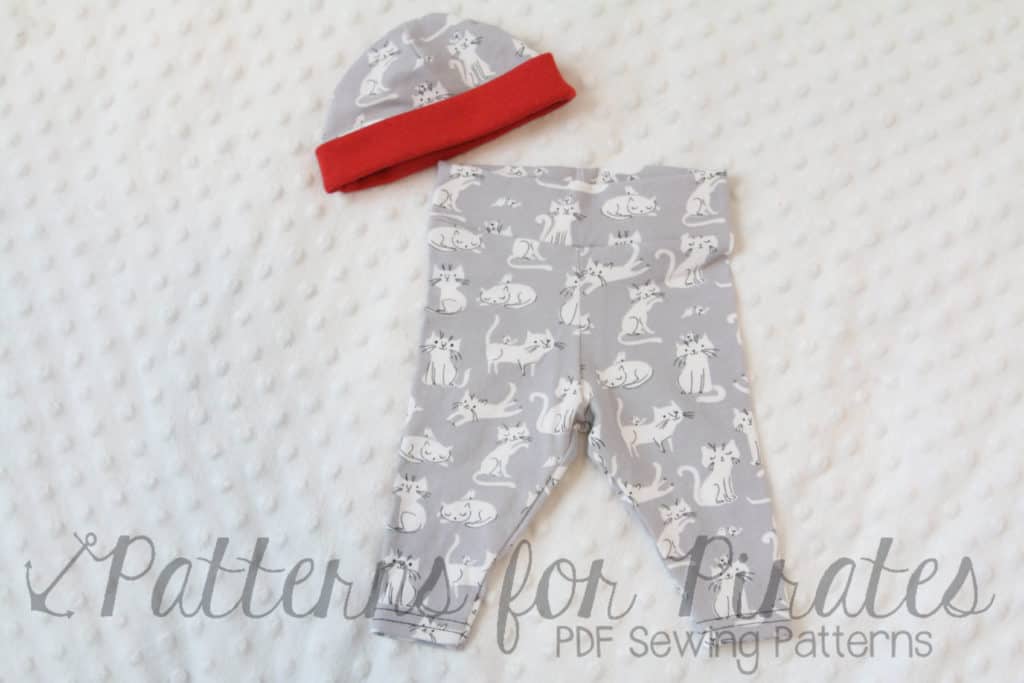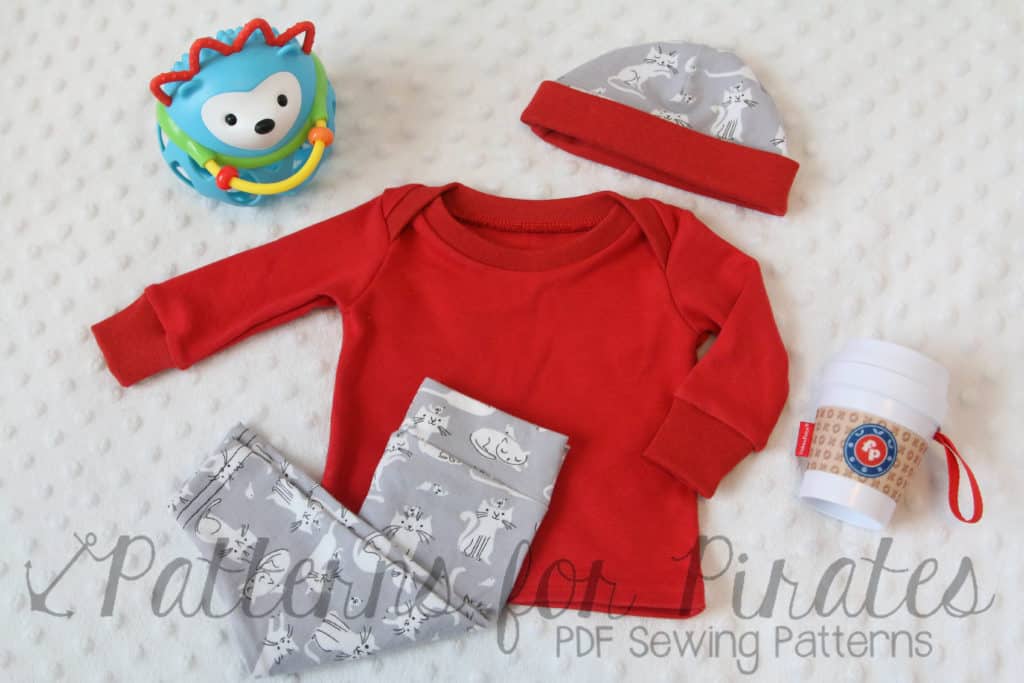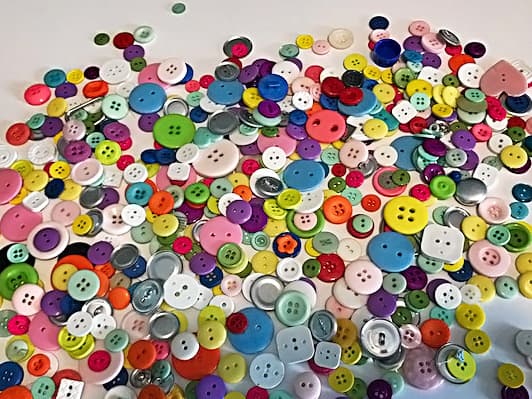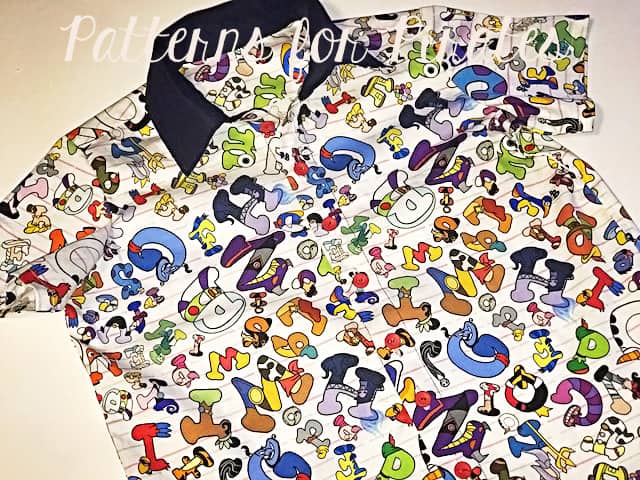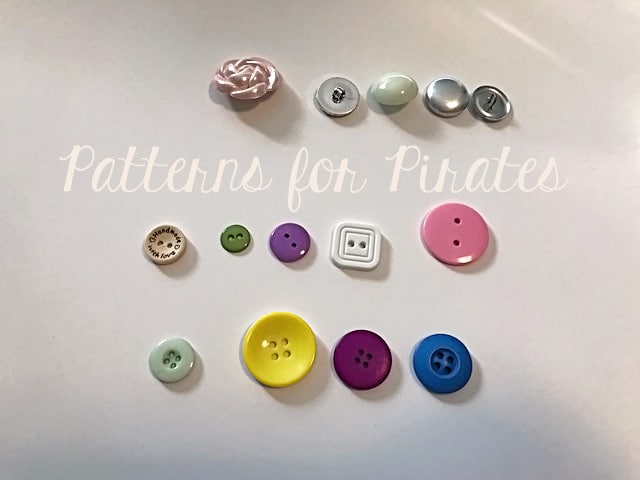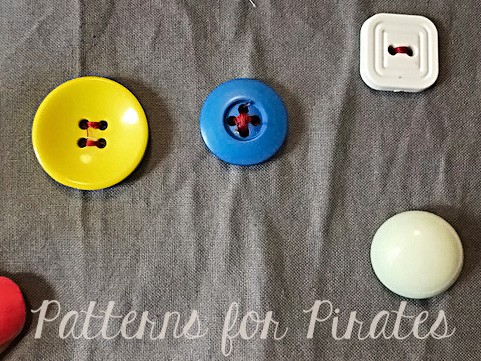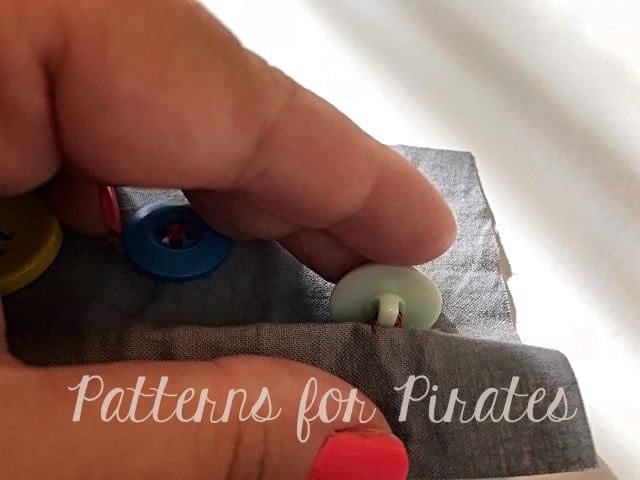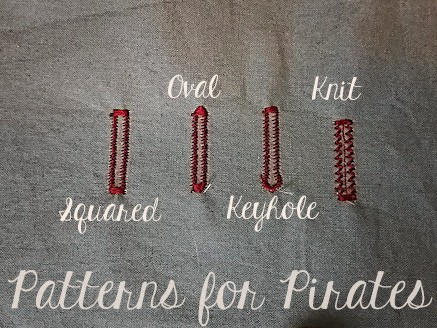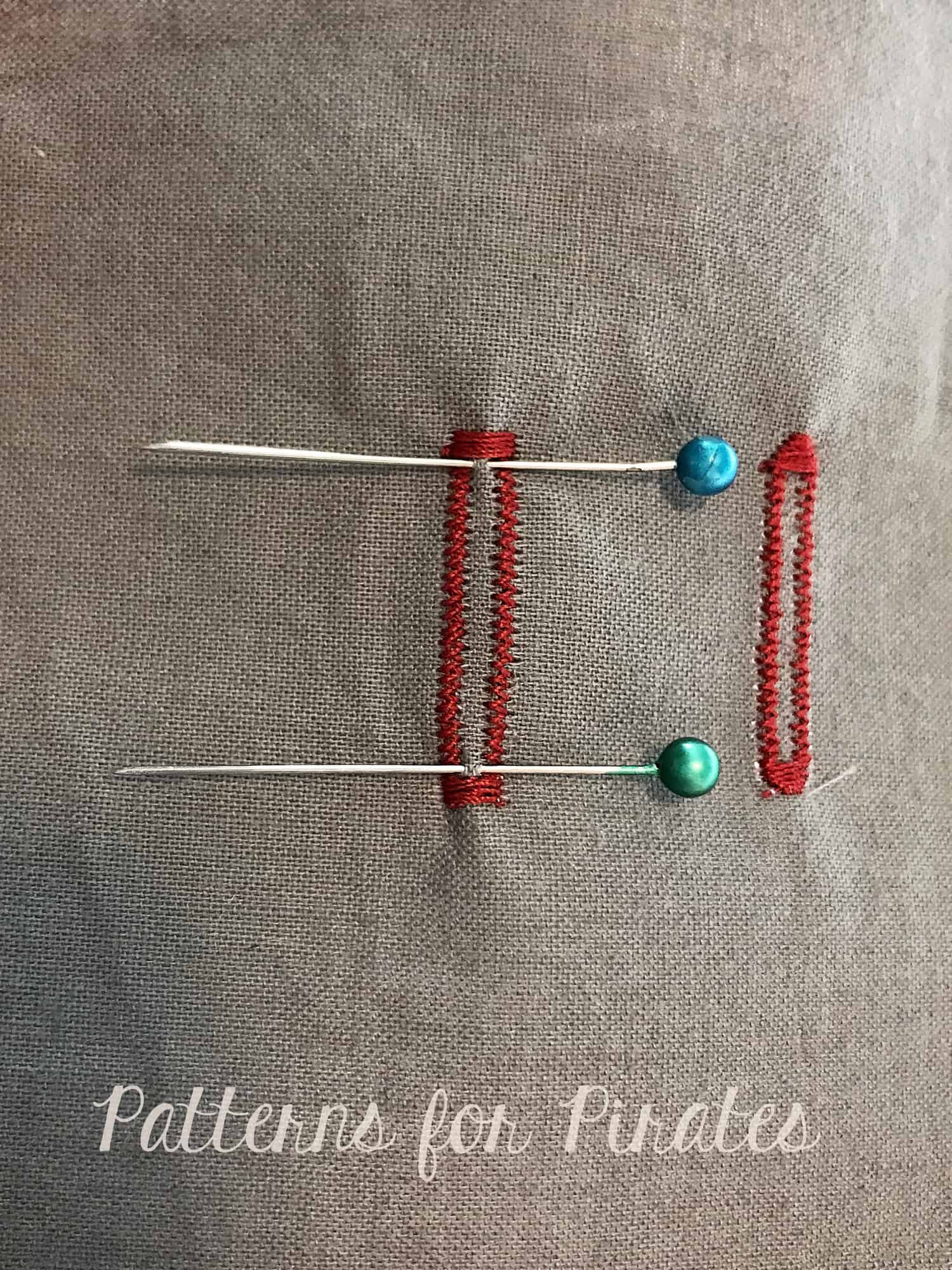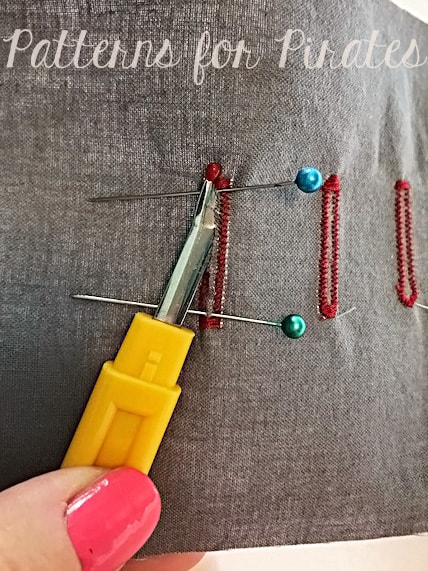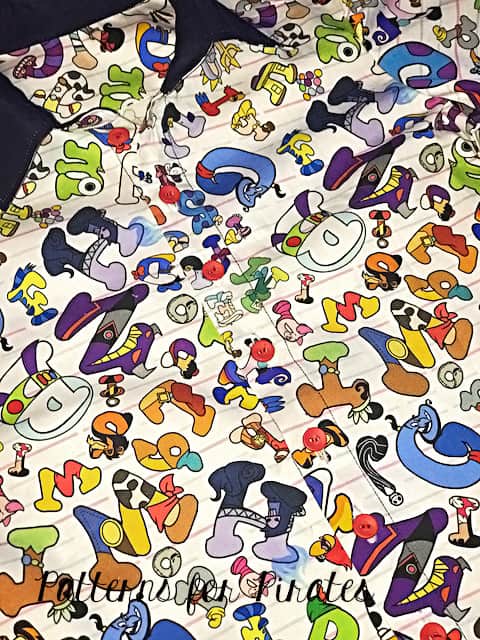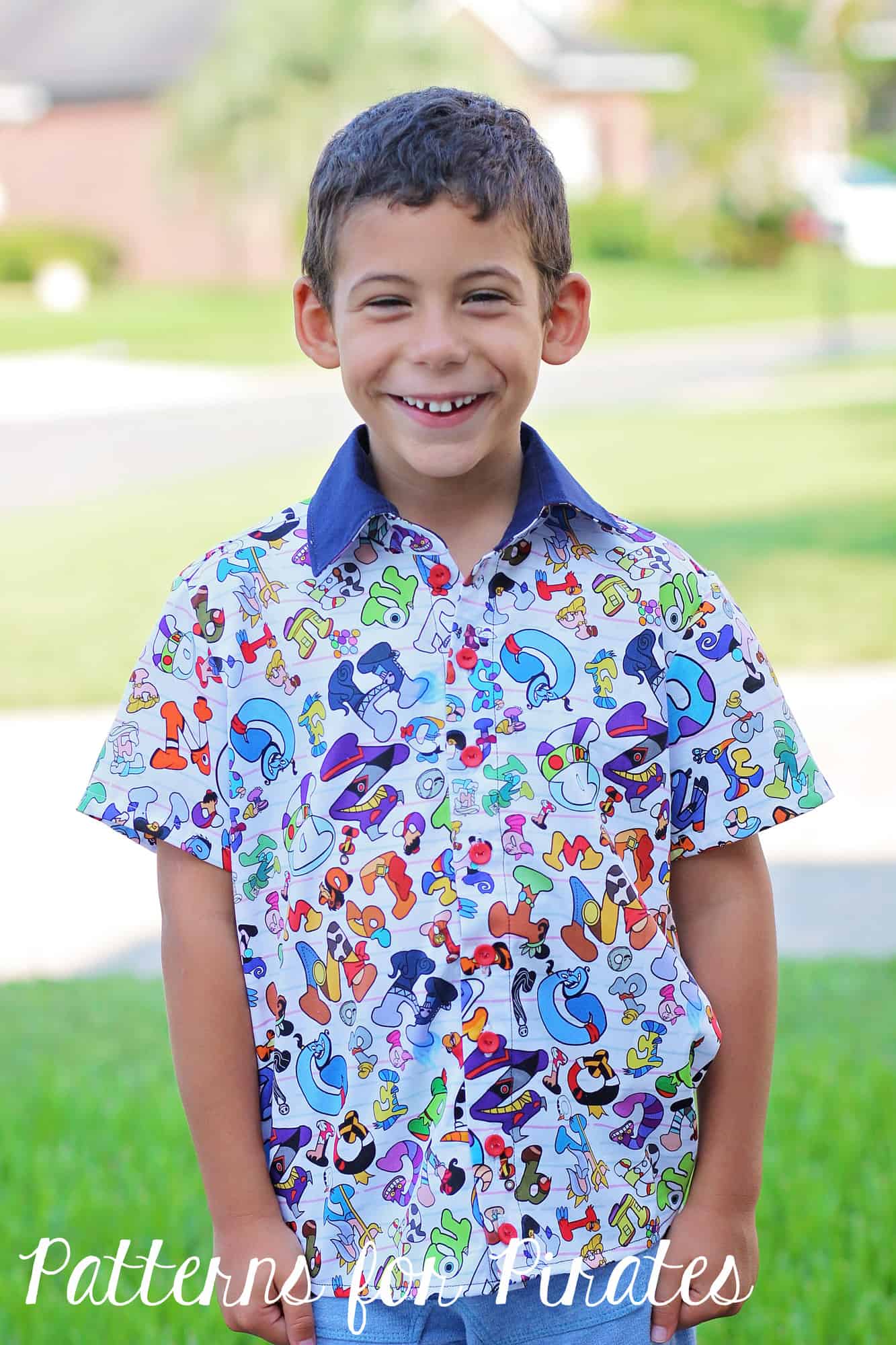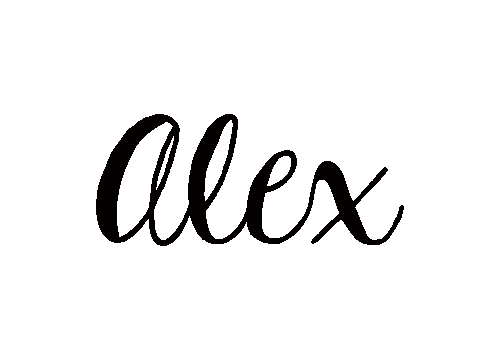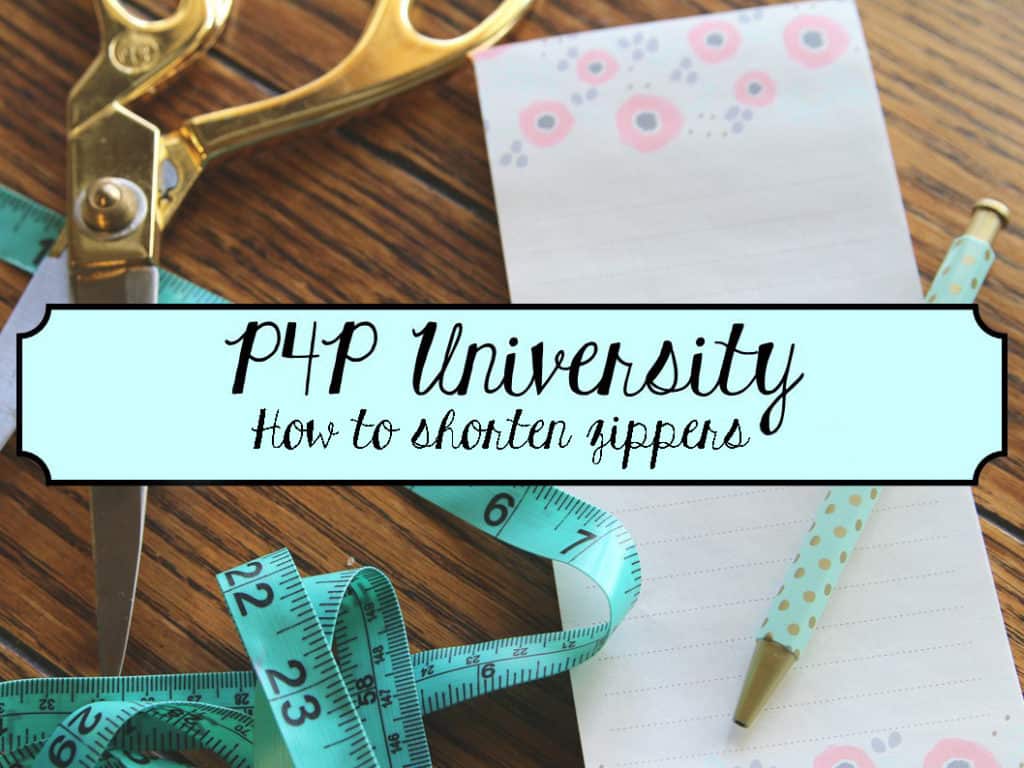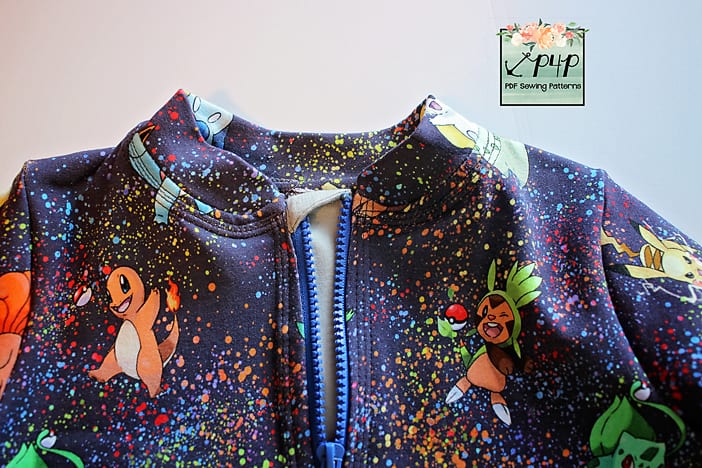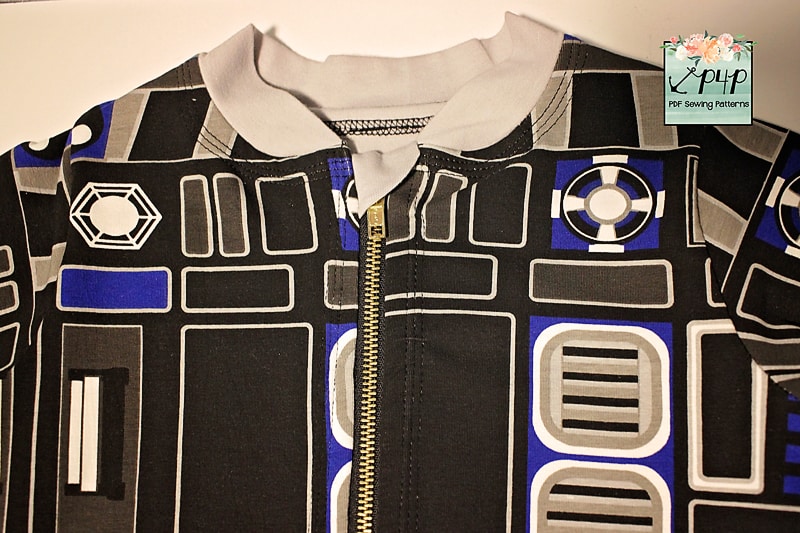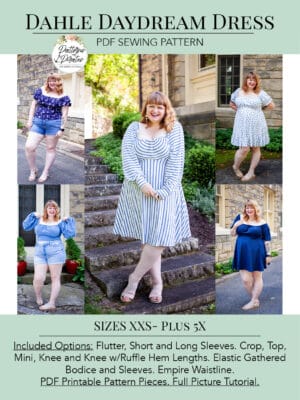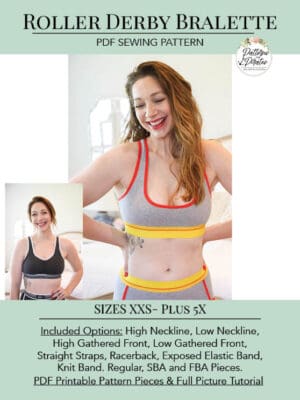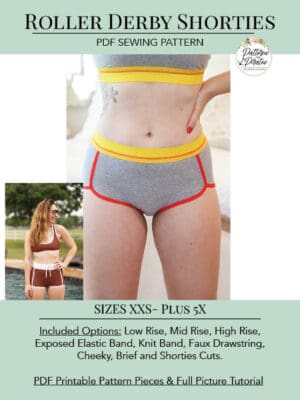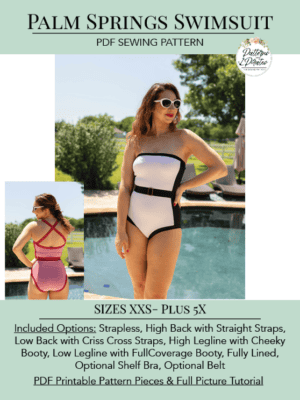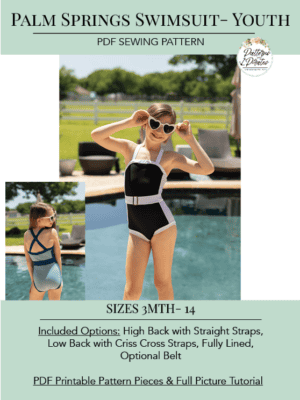Hi, I’m Katy and I sew and blog for Patterns for Pirates. This post is all about sewing with swim fabrics. I first started sewing with swim fabric about five years ago, but I will admit that sewing swim spandex scared me and I did not think I would be able to do it! However, I am going to let you in on a secret, if you can sew with knit fabric you are going to be able sew with swim fabric! Swim spandex is now my favourite fabric to sew with. Making swimwear for both myself and my girls is such a satisfying experience.
Patterns for Pirates has great swimsuits patterns available with my favourite being the minute maillot. The fit is lovely and that low back option is super cute! And it is a quick sew too! I think it is a great pattern for starting out sewing with swim fabrics.
I actually use swim spandex for many other p4p sews, such as the sweetheart dress, gala gown, wiggle dress, hepburn top and dress, twist back top, pencil skirt, flutter wrap dress, fierce bra and peg legs to name a few.
There are a lot of things to consider when choosing swim spandex:
- The quality of the fabric makes a big difference to your project. The better the quality of the swim spandex, the easier it is to sew with; it will also mean your garment will wash and wear for longer too.
- It is best for your swim fabric to have four-way stretch. This means the fabric is able to be stretched both horizontally and vertically which helps to make a comfortable and well fitted swimsuit.
- Swim fabrics should be made of 100% man-made fibres such as polyester or nylon with a significant amount of spandex (10-20%). Polyester swim fabric will hold its shape better over time and I find it easier to sew with too.
- Check if the print looks distorted when stretched on the body
- Check how see through the fabric might become when stretched or wet.
- I find it preferable to use a specific swim lining instead of the main swim fabric as the lining. I find it more comfortable to wear and easier to sew. Lining creates stability in the swimsuit and can smooth the body or allow better coverage on light coloured fabrics. Using lining can allow you to enclose seams too.
- Choosing elastic for sewing swimsuits is also something to consider. Elastic needs to be able to withstand water, chlorine, salt and sun. Swim elastic is my preference because if I am going to the trouble of making a custom swimsuit I want the elastic to last. Rubber or clear elastic can also be used but I find it doesn’t last as well and can be trickier to sew with. But it does allow for less bulky seams. Pop over to a blog written by the lovely Dana to find out about elastics 101.
Swim fabrics require a special needle in your sewing machine. You can use a ballpoint needle, but I recommend a stretch needle for sewing seams and attaching elastic. Using one means less trouble with skipped stitches.
When deciding what finishing stitch to use to topstitch elastics down or hemming swim fabric it is personal choice.
If you are lucky enough to have a cover-stitch machine for finishing your swimsuit that is ideal, but never fear because a stretch twin needle in your sewing machine will give similar professional finish too. It is also quite common to use a zigzag stitch or triple zigzag stitch for topstitching on swim fabric (see photo below showing stitch examples).
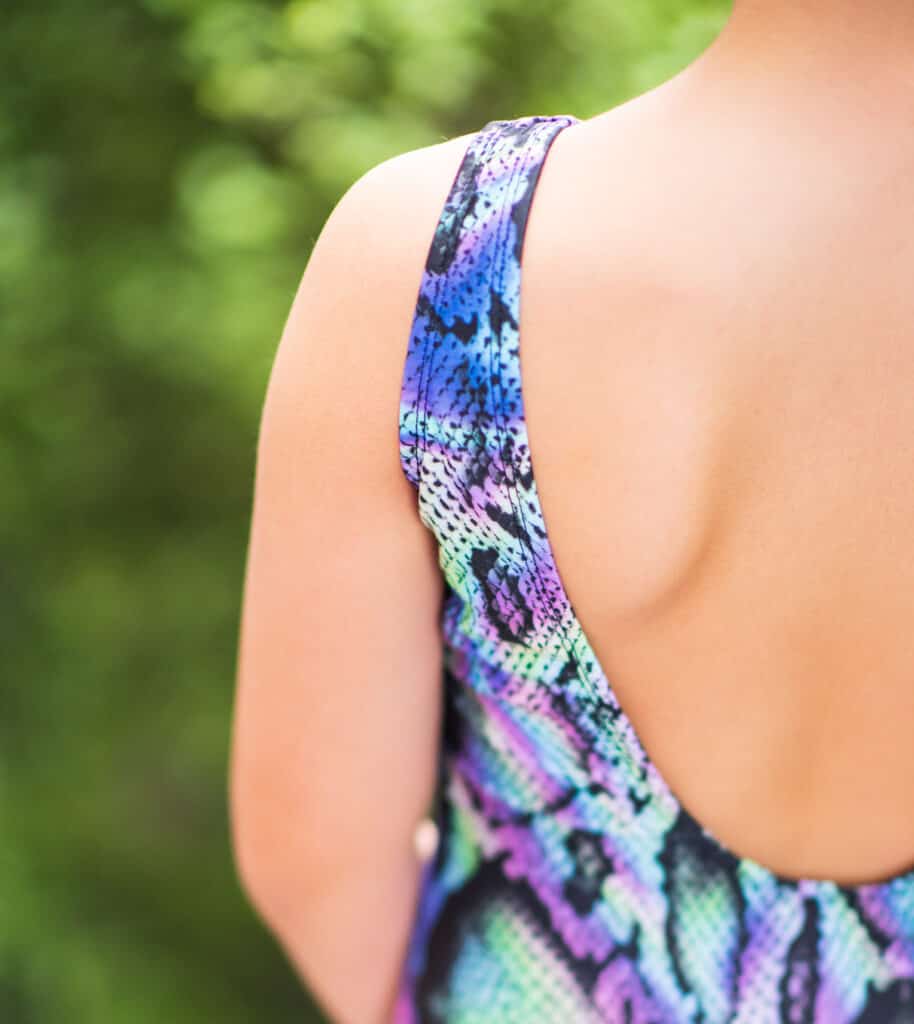
The minute maillot swimsuit showing how top-stitching the elastic down on swimsuits looks using either a coverstitch machine or a stretch twin needle
Polyester thread is ideal for sewing with swim because it is not weakened by chlorine or salt water. Again quality of the thread does make a difference to the longevity of your swimsuit.
Cutting swim fabric can be tricky because it can be slippery. I like to use pattern weights because it helps to keep the fabric in place and a rotary cutter because it gives neat, crisp and accurate edges. Before cutting, I recommend that you place your fabric right side up. When doing this, take note of where the pattern will lie on the body and how it looks next to other prints. This will help to avoid an unfortunate print placement.
If you like to use pins, make sure to choose fine ballpoint pins to avoid damaging the elastic fibres in the fabric and leaving holes in it. Clips are also another good choice when sewing swim as they are more gentle on the fabric and hold the fabrics in place well too. Whether you choose to use pins or clips is up to you.
When you are sewing with swim for the first time, I recommend using lots of pins or clips. It helps keep the fabric in place and stops it slipping when sewing. If you are really having trouble getting the swim fabric to cooperate sometimes using a basting stitch can help hold things in place and it is easily removed should you make a mistake. Once basted, you can stitch the seam more easily and remove the basting stitch at the end.
When sewing swim, I use a combination of my sewing machine, overlocker (serger) and cover-stitch machines. However, if you only have a sewing machine it is still totally achievable to make a handmade custom swimsuit. Swimsuits are designed with negative ease which means the pattern is slightly smaller than your measurements, so it fits firmly on the body and stretches to it. This means you need to use a stitch that has stretch to it, like a small zigzag, lightning stitch or triple stretch stitch.
These are examples below of some common stretch stitches I use on my sewing machine when sewing with swim fabric. Always use a piece of swim fabric scrap to test your chosen stitch; then stretch the sample to make sure it will be durable.
The ideal machine choice to sew seams together for swim is an overlocker (serger), so if you have one, I recommend you sew with it. However, my preferred technique for sewing seams together with swim fabric is to start with a triple stretch stitch. I like this stitch because it is strong (my girls can be rough on their swimsuits), but it is slower to sew. I then trim the seam allowance to ¼” and finish the seam with a 3-thread overlocking stitch. You can also use a 4-thread overlocking stitch to finish your seams if you prefer. Just make sure to get the tension correct otherwise your seams make not hold together well.
I love to use swim fabrics for making clothes, because it has a beautiful drape to it and it sits beautifully over the body too. Some people might find wearing clothes made from swim fabrics a little warmer in Summer, so I recommend making the pattern design feature to be sleeveless and with an unlined bodice if possible. Using swim spandex for peg legs is my absolute favourite thing to sew. It feels amazing to wear and smooths the body nicely too.
I hope you dive in and start sewing with swim. I know you are going to love it as much as I do. As with anything, all it takes is a little practice.
Happy Sewing
Katy x
